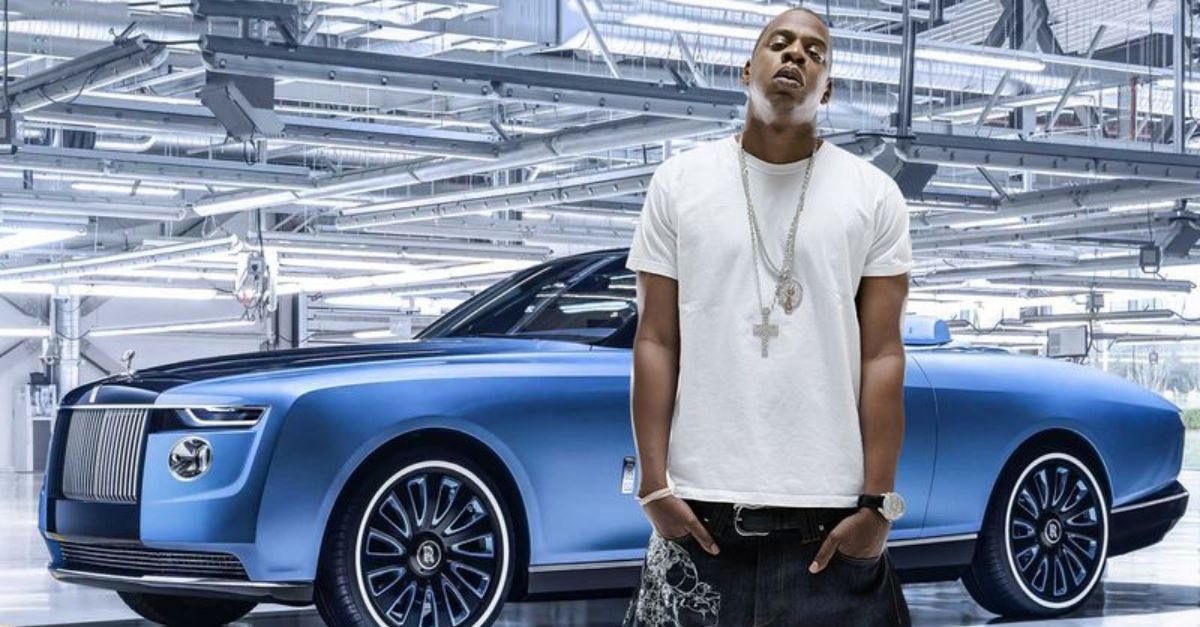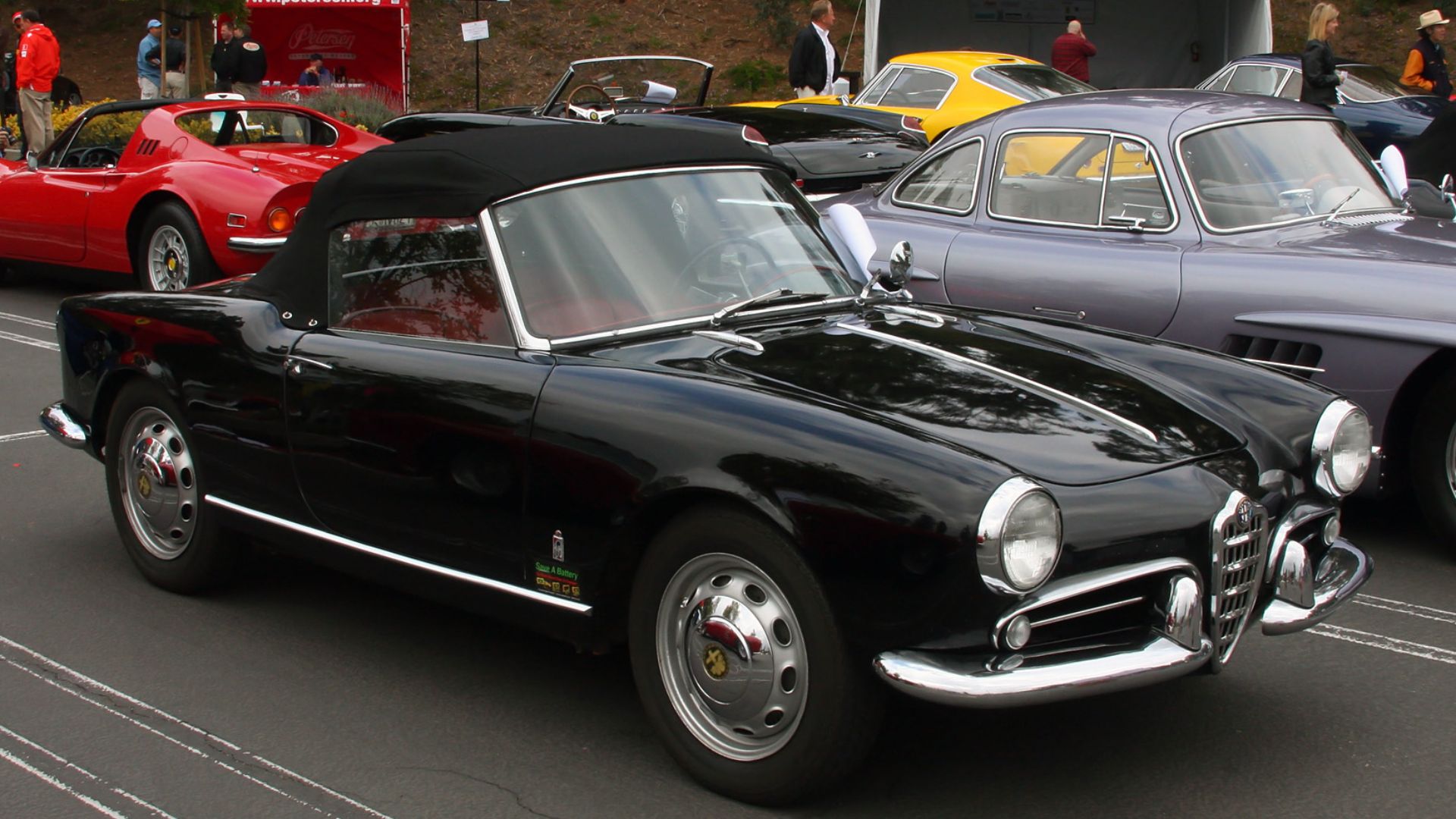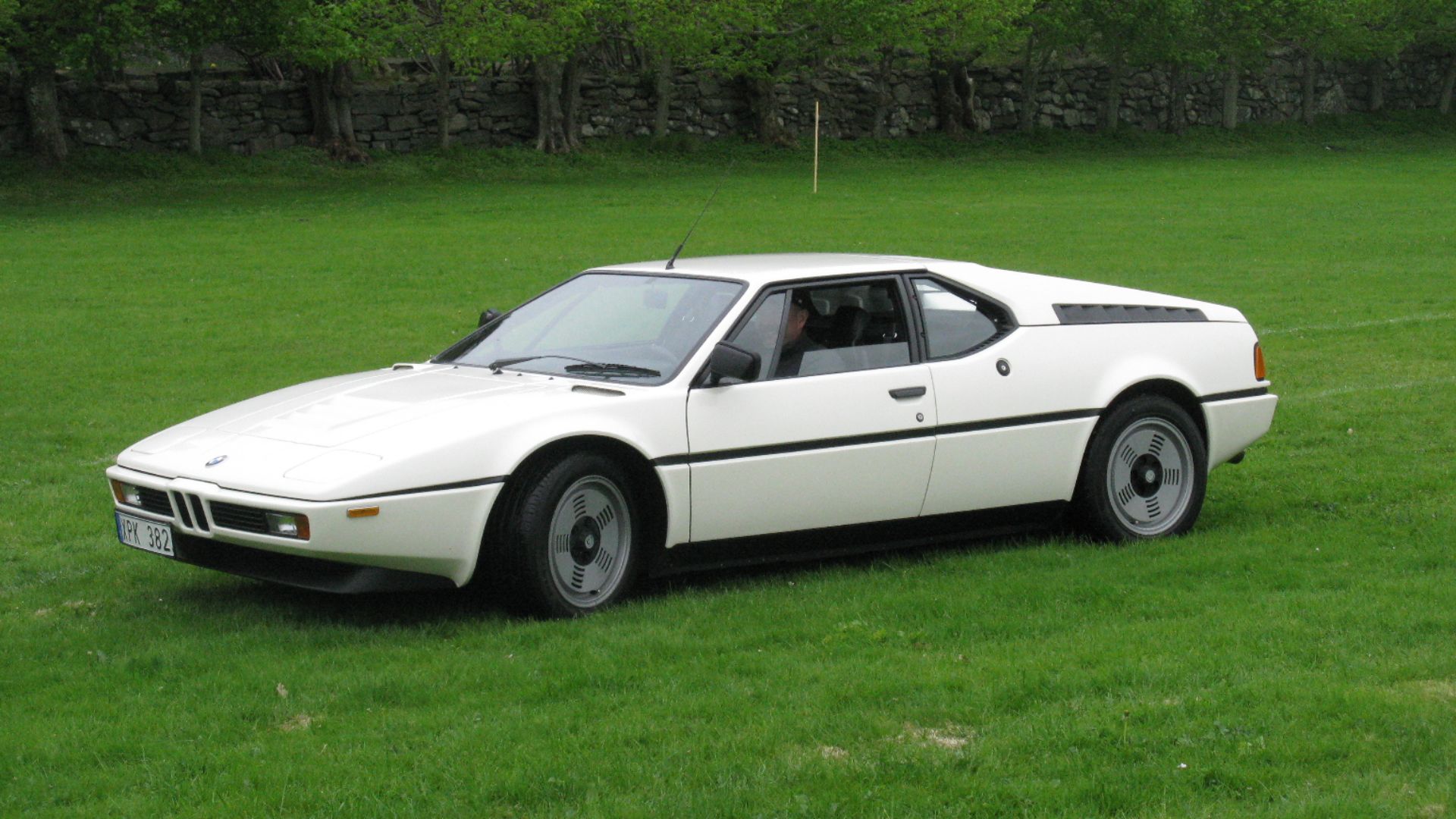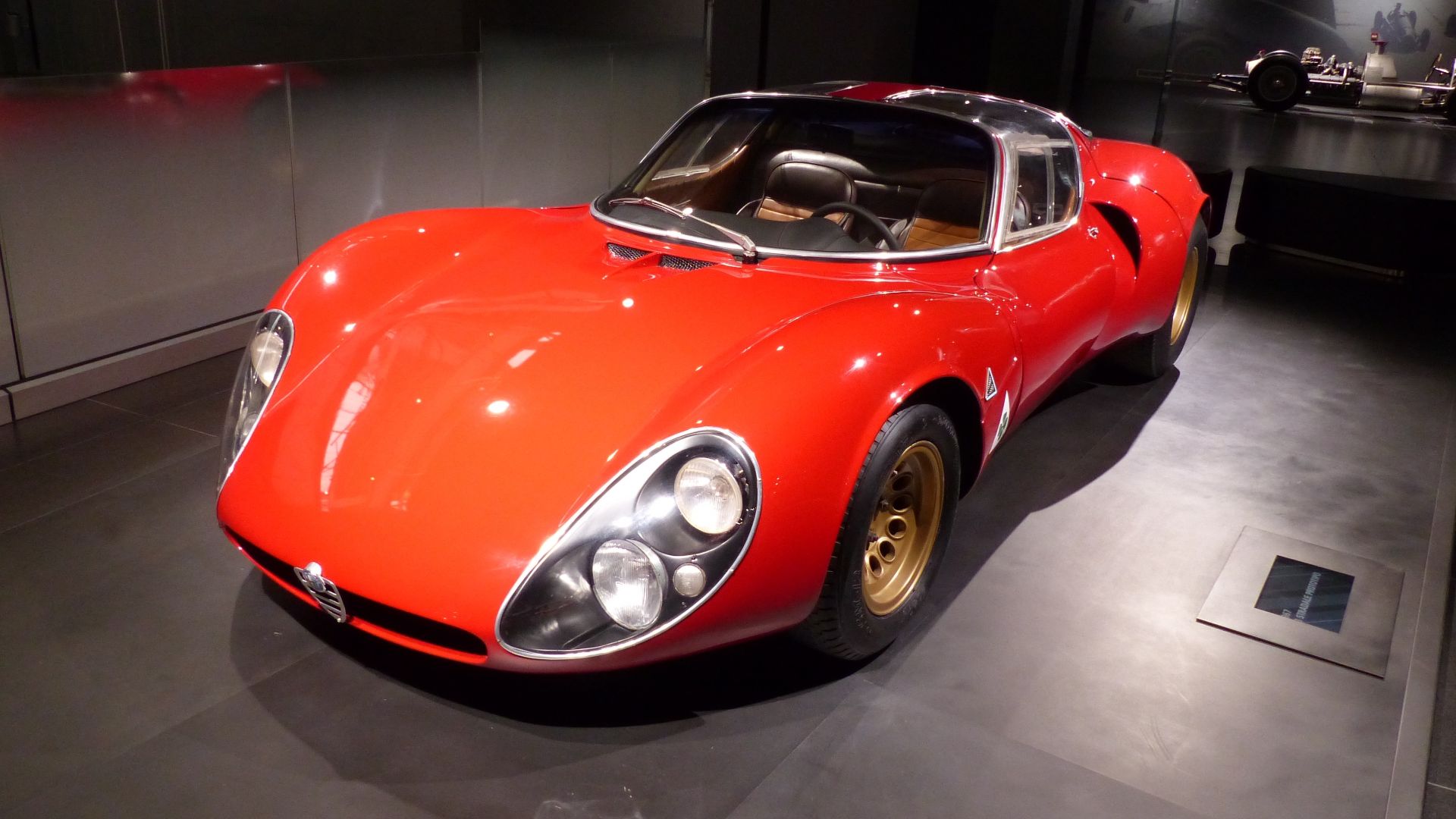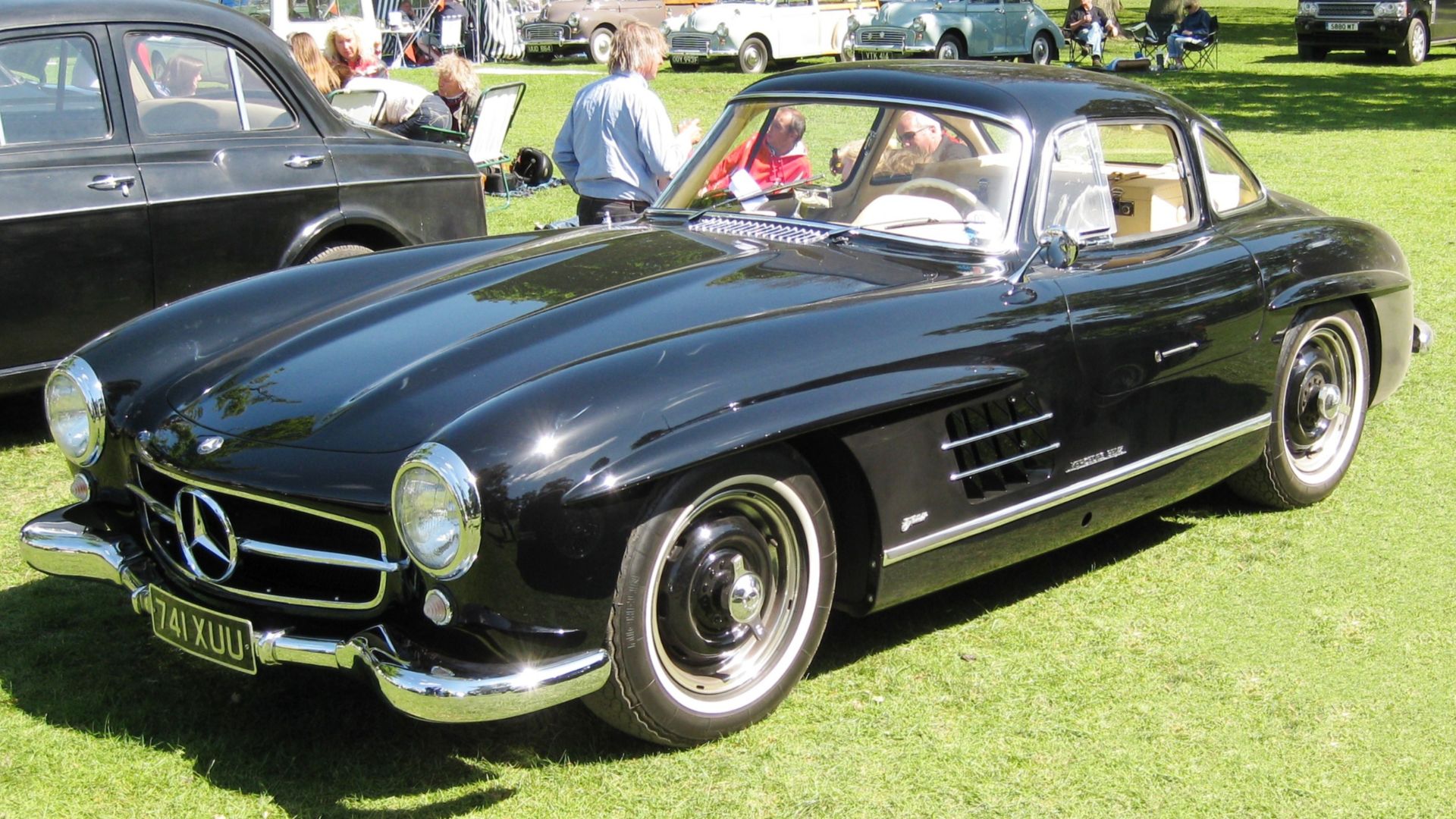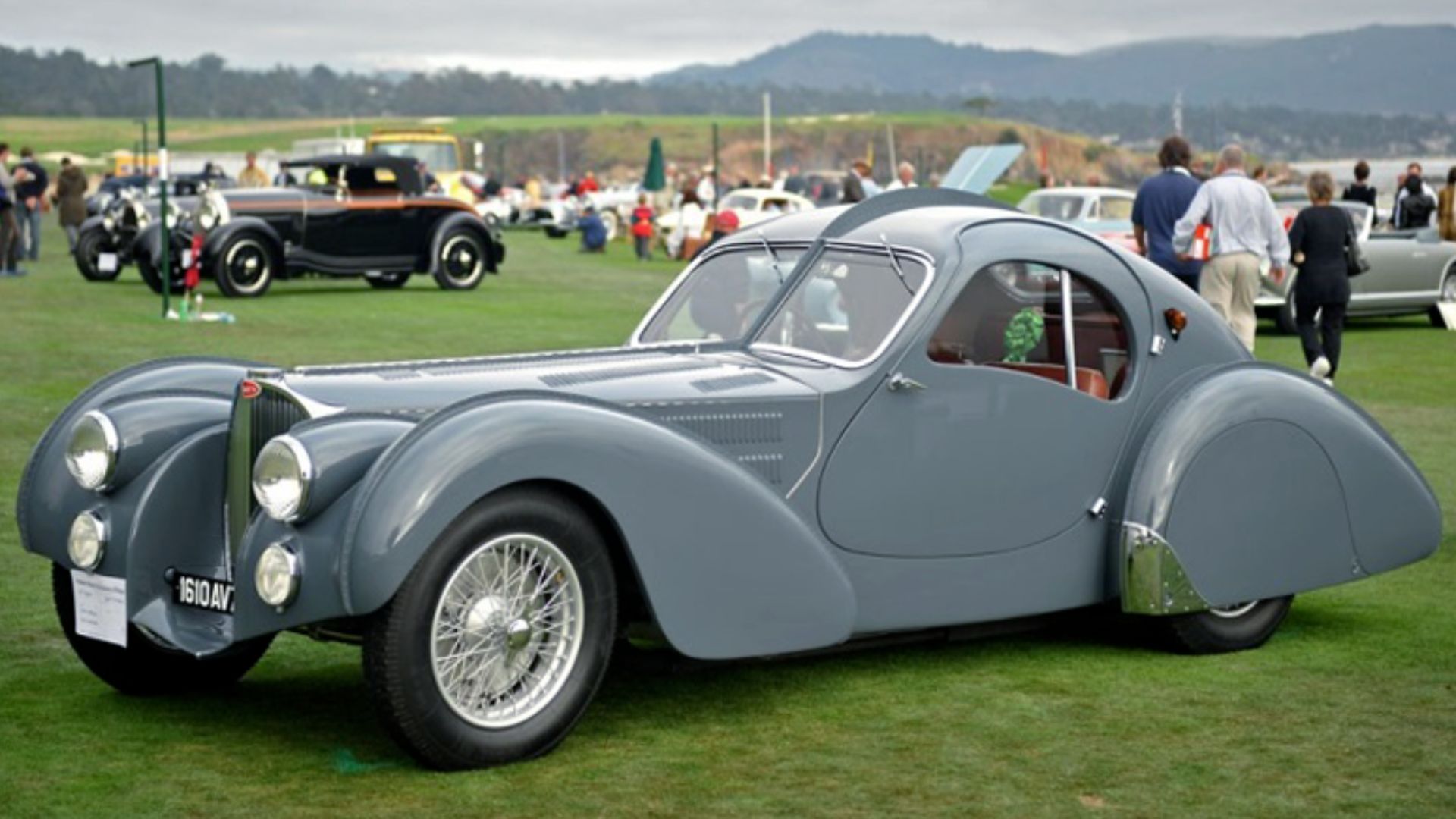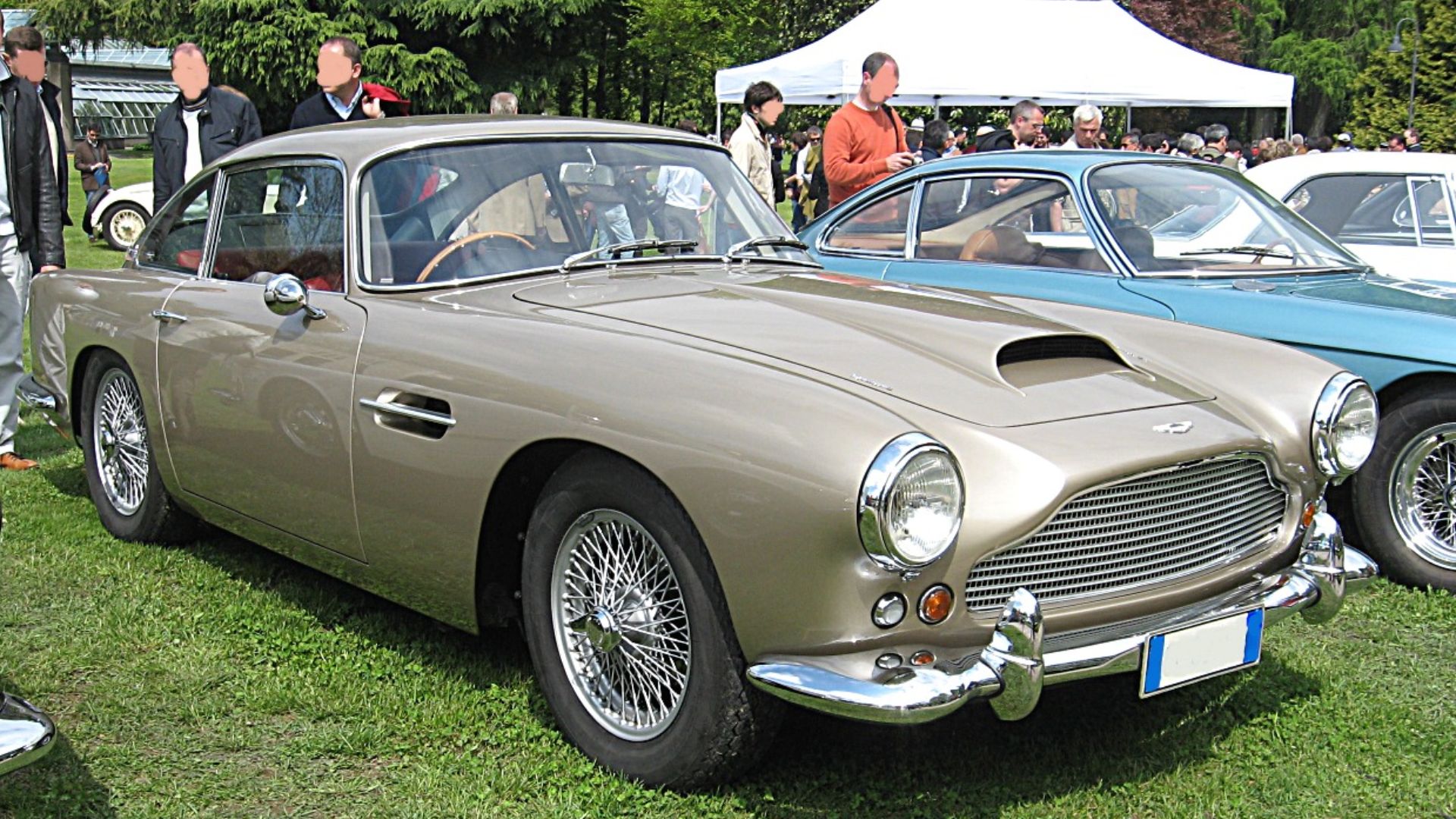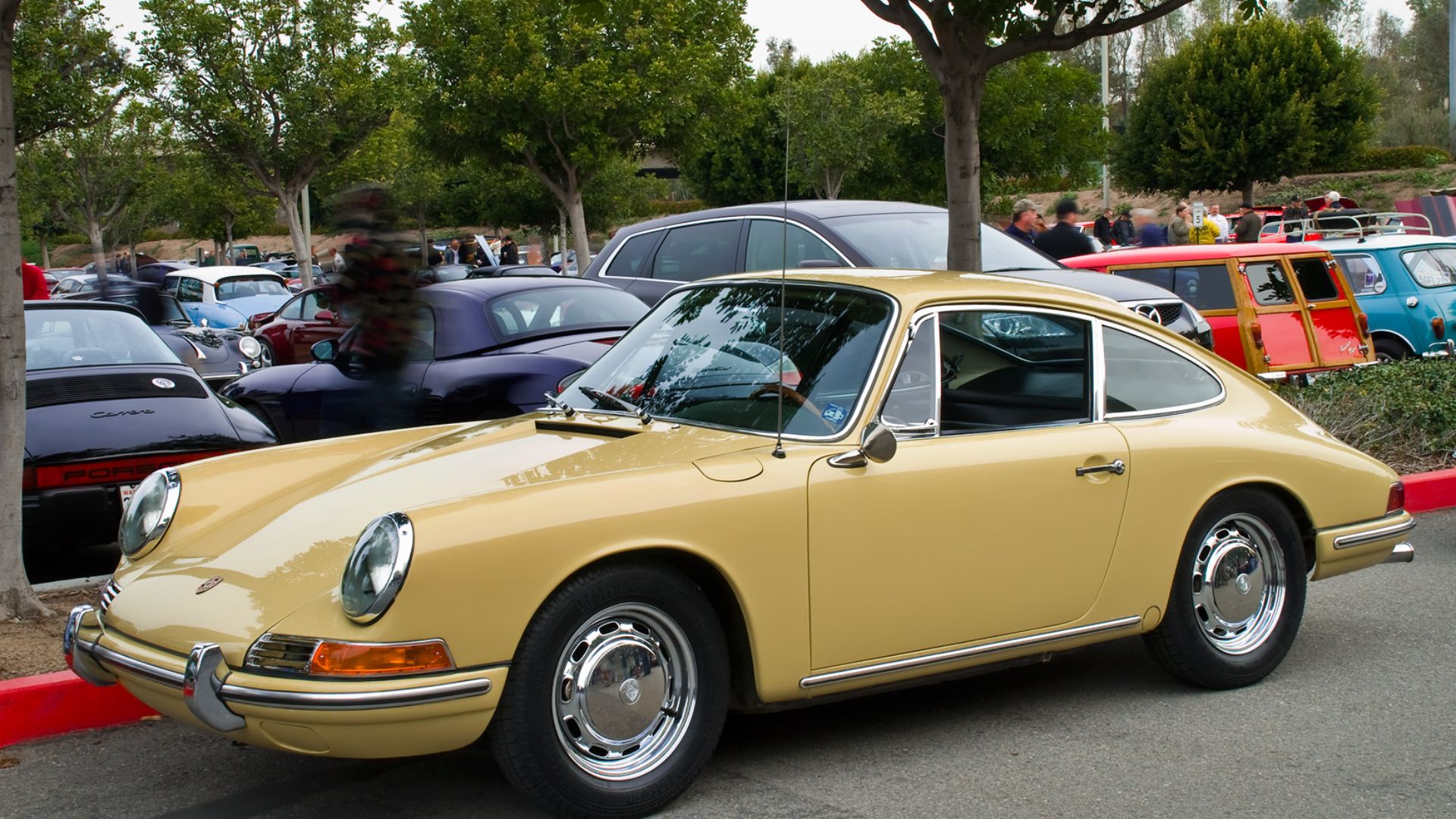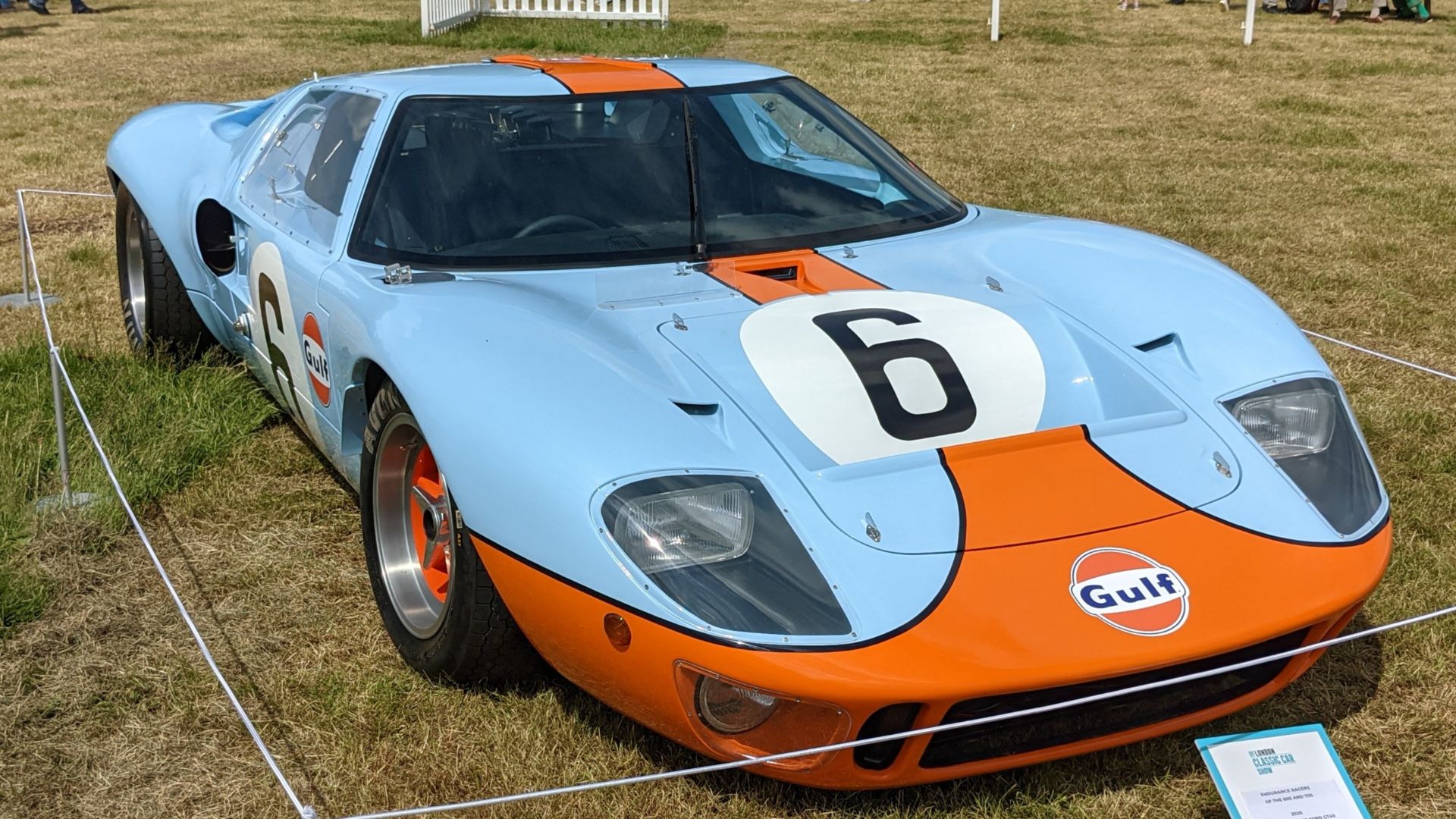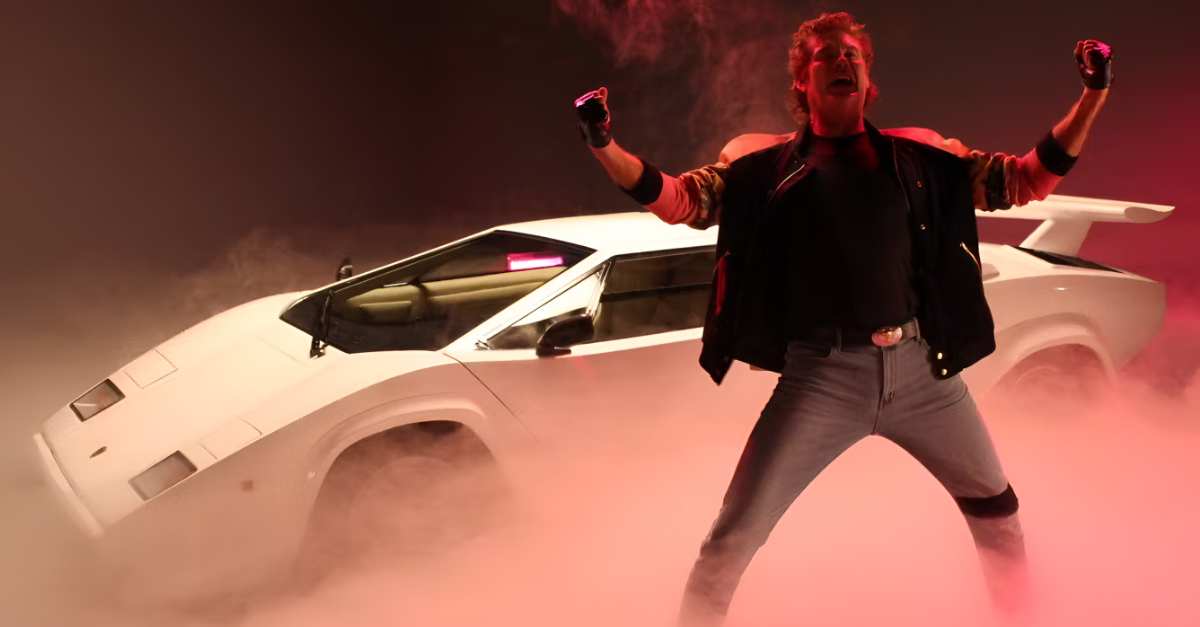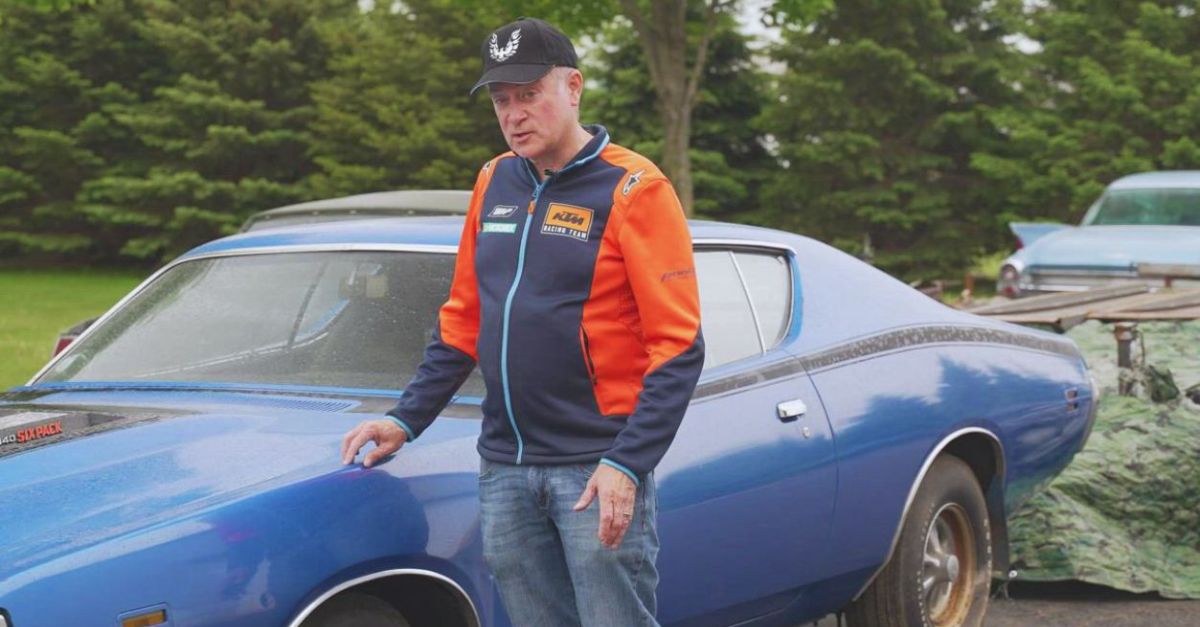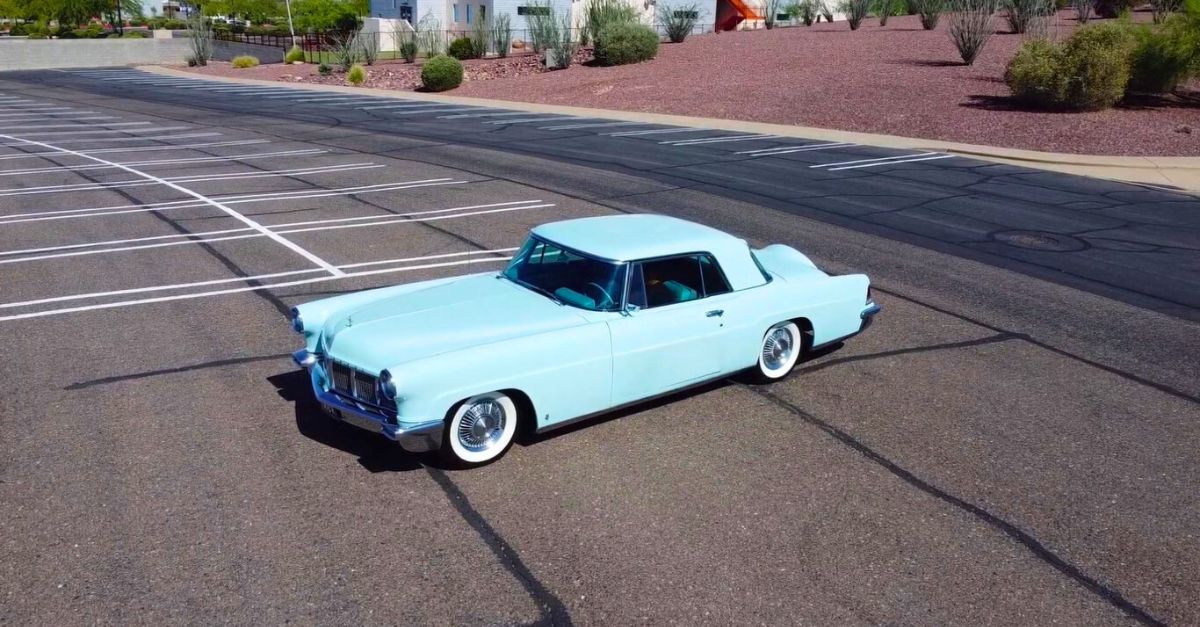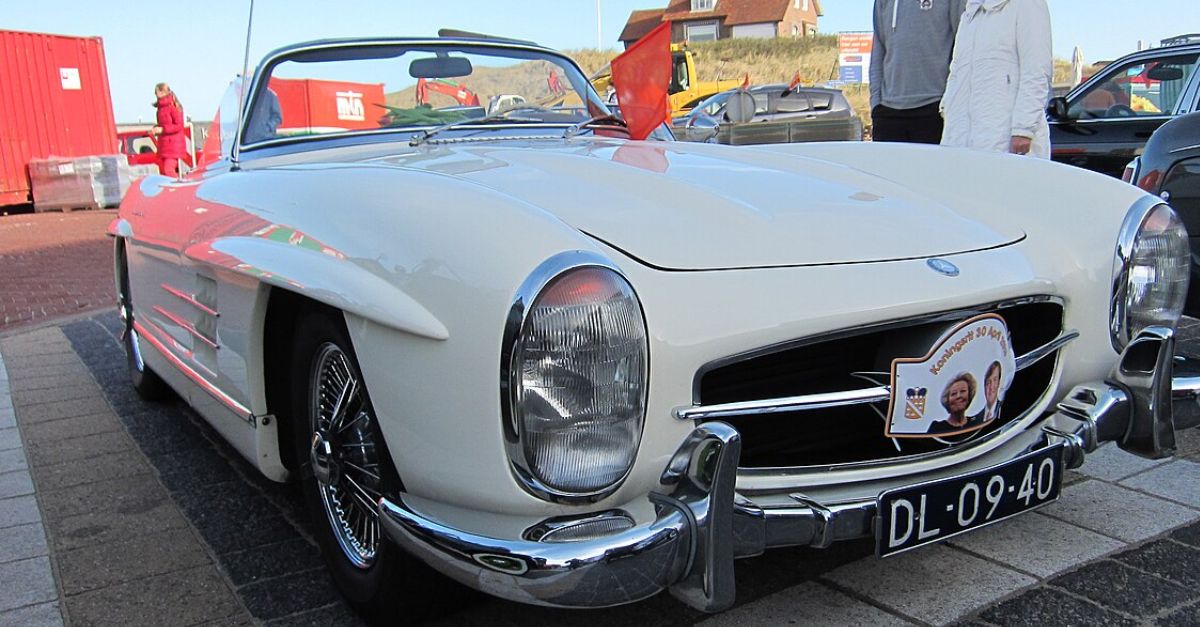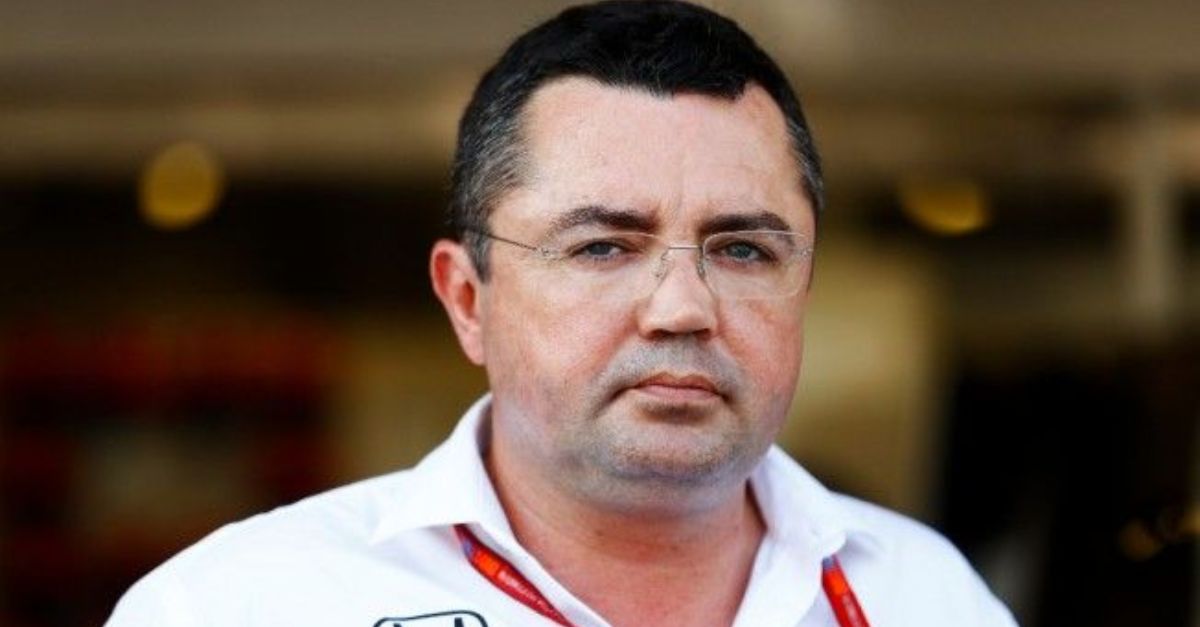Where The Road Turns To A Runway
Every generation leaves behind a few cars that just nailed it. The ones you still glance at twice, wondering how design once felt that effortless.
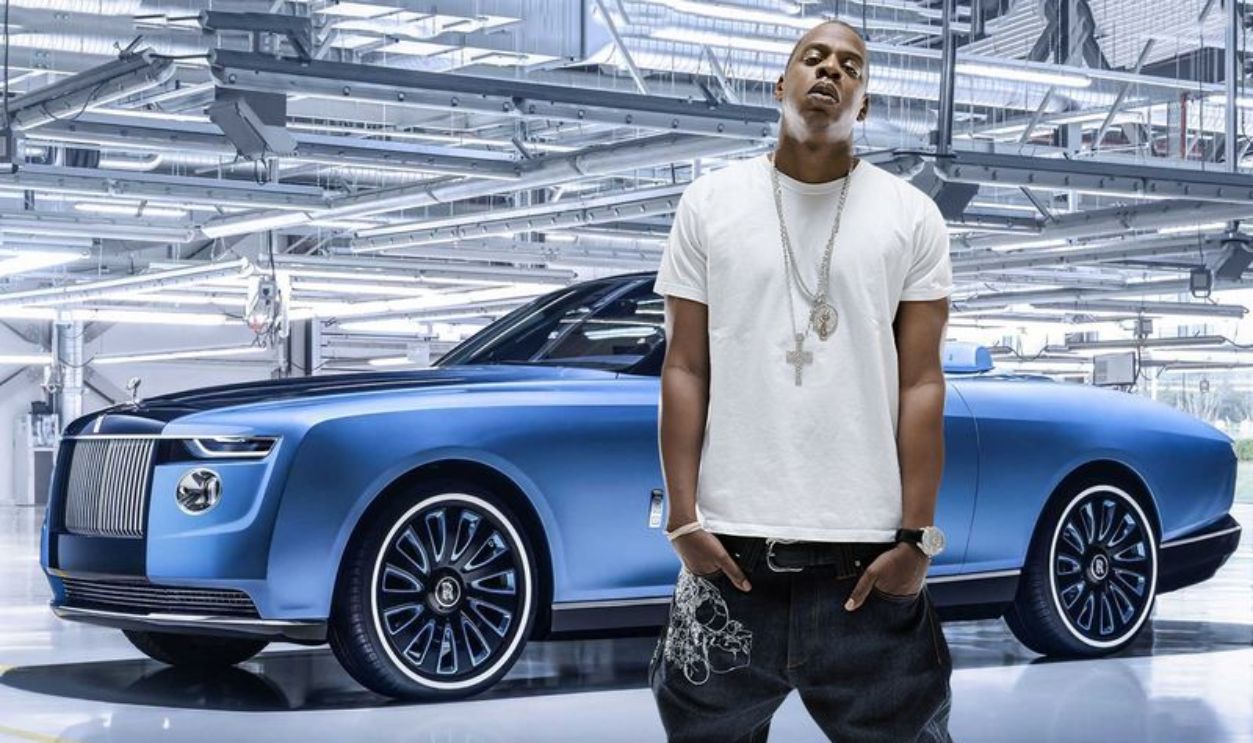
Alfa Romeo 1750 GTV
Few cars capture Italian charm like the Alfa Romeo 1750 GTV. Designed by Bertone with a sleek, balanced coupe form, it paired elegance with performance through its 1.8-liter twin-cam engine. Its lively exhaust note and sharp handling turned even mundane drives into spirited adventures.
 Riley from Christchurch, New Zealand, Wikimedia Commons
Riley from Christchurch, New Zealand, Wikimedia Commons
Lancia Stratos
Purpose-built for rally glory, the Lancia Stratos roared onto the scene in 1973 with a Ferrari Dino V6 and a wedge body drawn by Marcello Gandini. Winning three straight World Rally Championships, it proved that race engineering and wild design could share the same DNA.
 Mr.choppers, Wikimedia Commons
Mr.choppers, Wikimedia Commons
Ferrari F355 GTS
The Ferrari F355 GTS was pure elegance. Its targa roof and flowing shape framed a 380-horsepower V8. Formula 1–inspired aerodynamics and the early use of paddle-shift controls made it a bridge between old-school passion and modern performance precision.
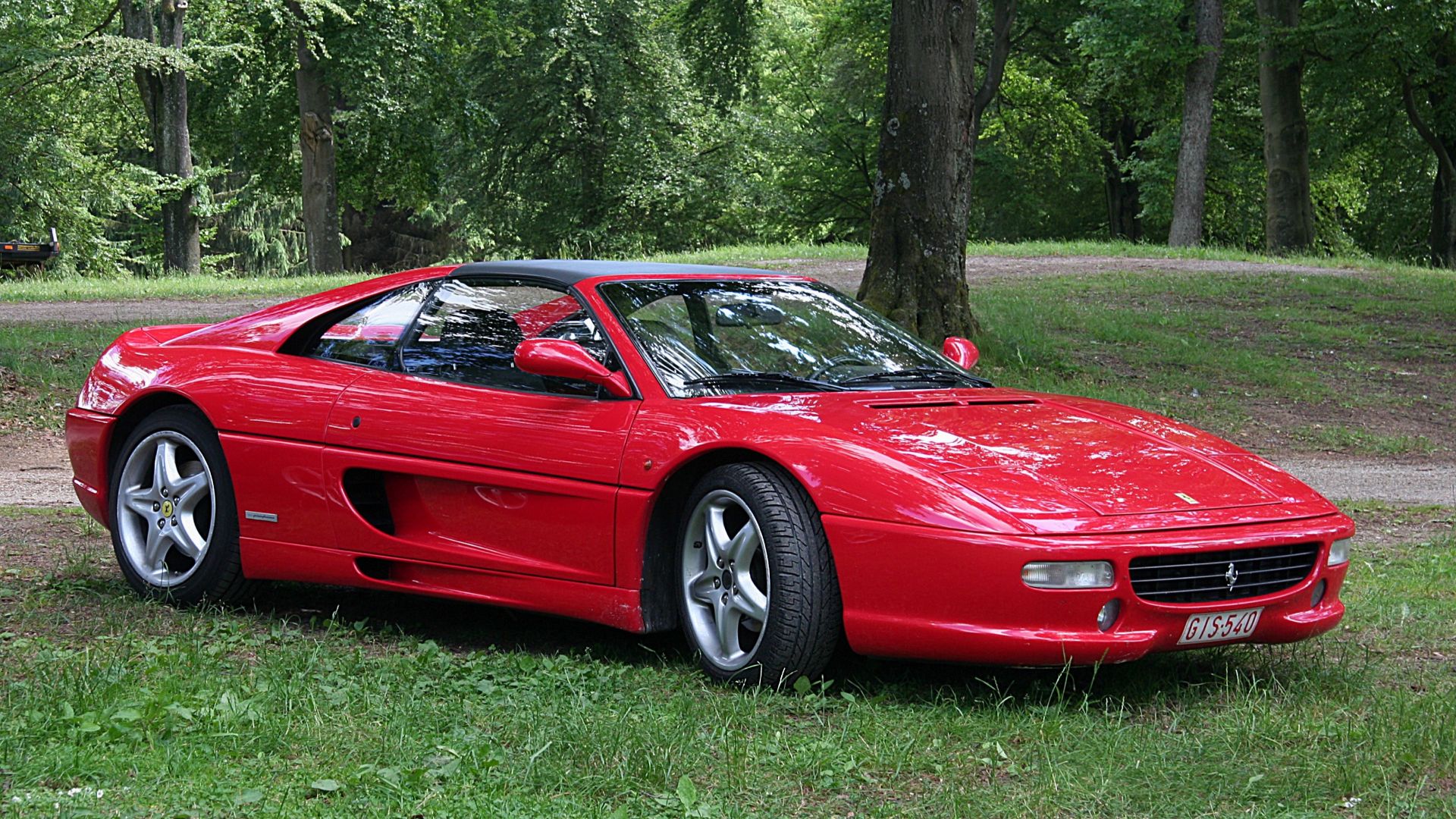 Lothar Spurzem, Wikimedia Commons
Lothar Spurzem, Wikimedia Commons
Ferrari 308 GTB
Every angle of the Ferrari 308 GTB spoke of speed. Pininfarina’s wedge styling and the rare fiberglass “Vetroresina” body gave it grace. Underneath sat a transverse V8—unusual for Ferrari—delivering agility and a soundtrack that cemented its place among the brand’s icons.
Alfa Romeo Giulietta Spider Veloce
Open roads met their match in the Giulietta Spider Veloce. Here, Pininfarina’s elegant convertible design and Alfa’s twin-cam 1.3-liter engine created pure driving joy. Lightweight (and lively), it became a 1950s style symbol for those who believed performance should always look this good.
Porsche 904 GTS
Race-bred but artful, the Porsche 904 GTS stunned with its low fiberglass body by Ferdinand Alexander Porsche. Compact, agile, and powered by four- and six-cylinder engines, it dominated tracks while influencing decades of Porsche design that followed—a perfect blend of function and beauty.
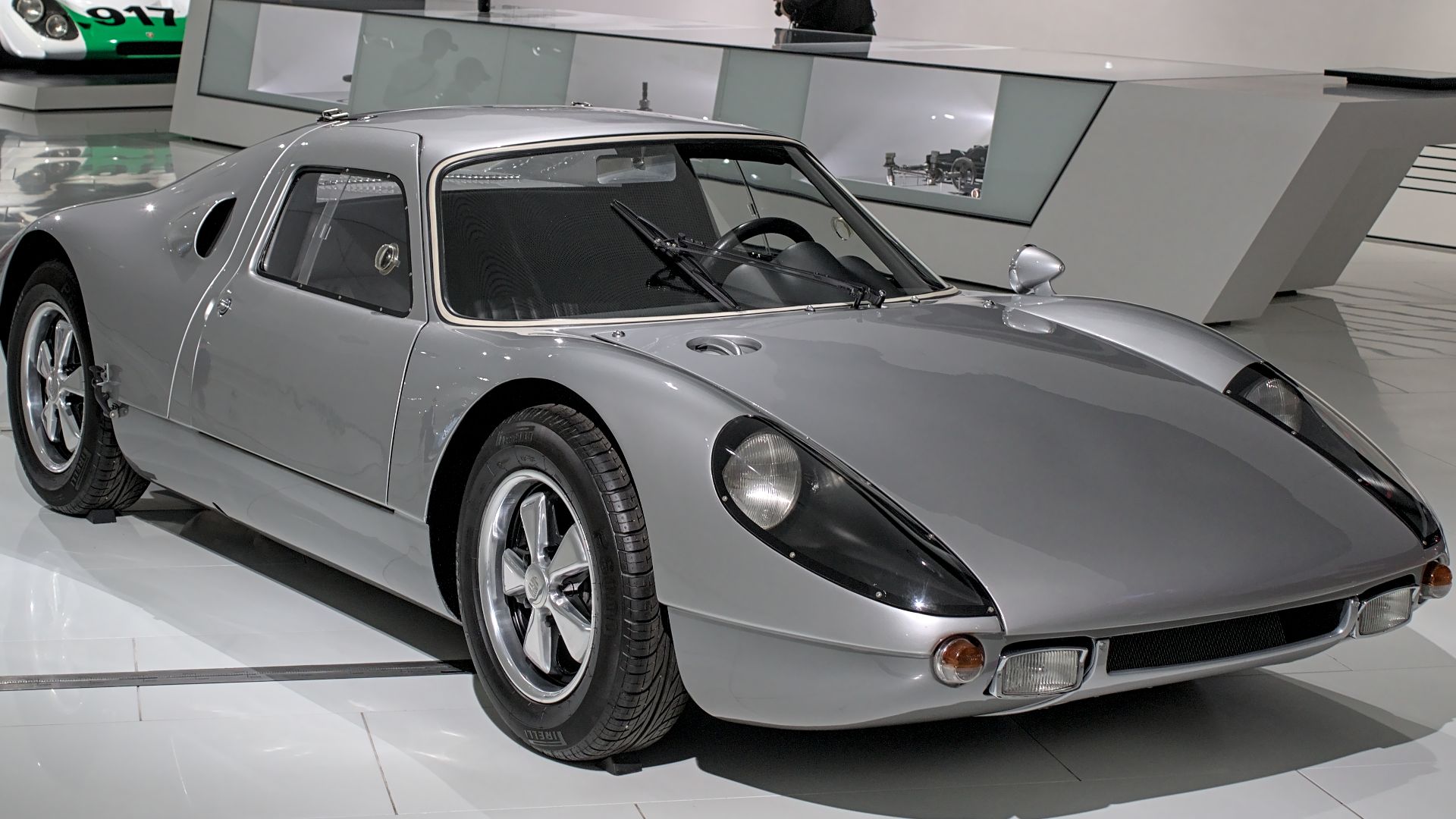 Alexander-93, Wikimedia Commons
Alexander-93, Wikimedia Commons
Rolls-Royce Boat Tail
Luxury took on a nautical flair with the Rolls-Royce Boat Tail. Only three exist, each inspired by early 20th-century yachts. A rear deck reveals a champagne fridge and parasol—details turning opulence into theater. This ride was evidence that workmanship can still feel deeply personal.
 Ellogofusciohippopokuniourius, Wikimedia Commons
Ellogofusciohippopokuniourius, Wikimedia Commons
BMW 3.0 CSL
A featherweight with flair, the BMW 3.0 CSL earned its “Batmobile” nickname from its bold fins and wings. Designed for touring-car dominance, it balanced lightweight engineering with eye-catching aerodynamics, to give BMW a race legend that still commands reverence among enthusiasts and collectors.
 Alexander-93, Wikimedia Commons
Alexander-93, Wikimedia Commons
BMW M1
A supercar born from ambition, the BMW M1 united Italian artistry with German precision. Giugiaro shaped its angular body, while BMW Motorsport tuned it for racing glory. Its center-seat Procar series spotlight made it unforgettable—a rare mix of purity, performance, and pedigree.
BMW 507
Elegance met heartbreak in the BMW 507, the roadster that nearly bankrupted its maker. With flowing lines and a V8 under the hood, it captured postwar optimism. Elvis Presley drove one in Germany, and its 252-car rarity turned it into an automotive treasure.
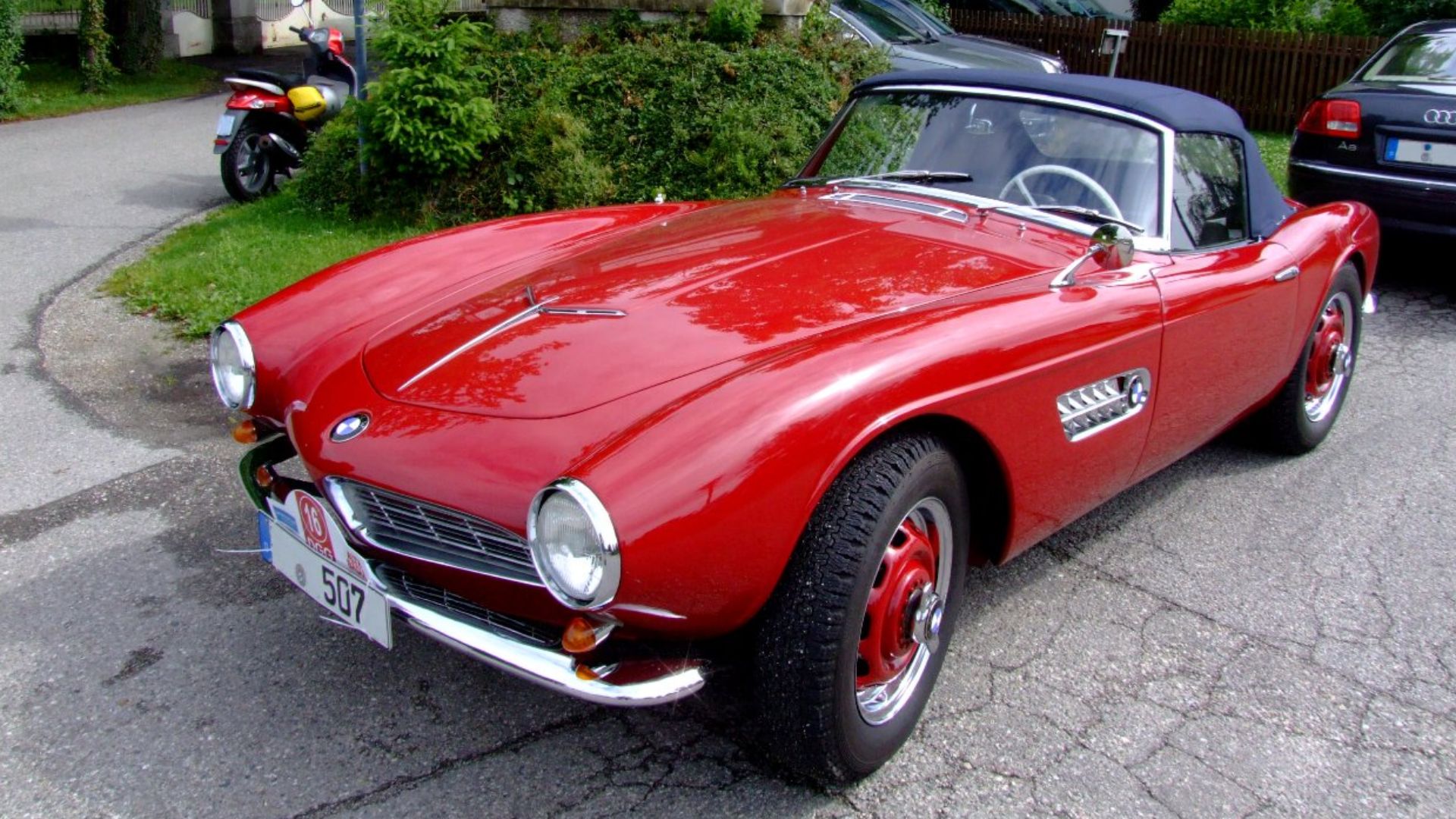 User ChiemseeMan on de.wikipedia, Wikimedia Commons
User ChiemseeMan on de.wikipedia, Wikimedia Commons
Ferrari 250 GT SWB Berlinetta
Compact, poised, and built to dominate GT racing, the Ferrari 250 GT SWB Berlinetta balanced art and aggression. Designed by Pininfarina, its short wheelbase improved handling, while only 165 were produced—each a testament to the sculpted perfection of early 1960s Ferrari craftsmanship.
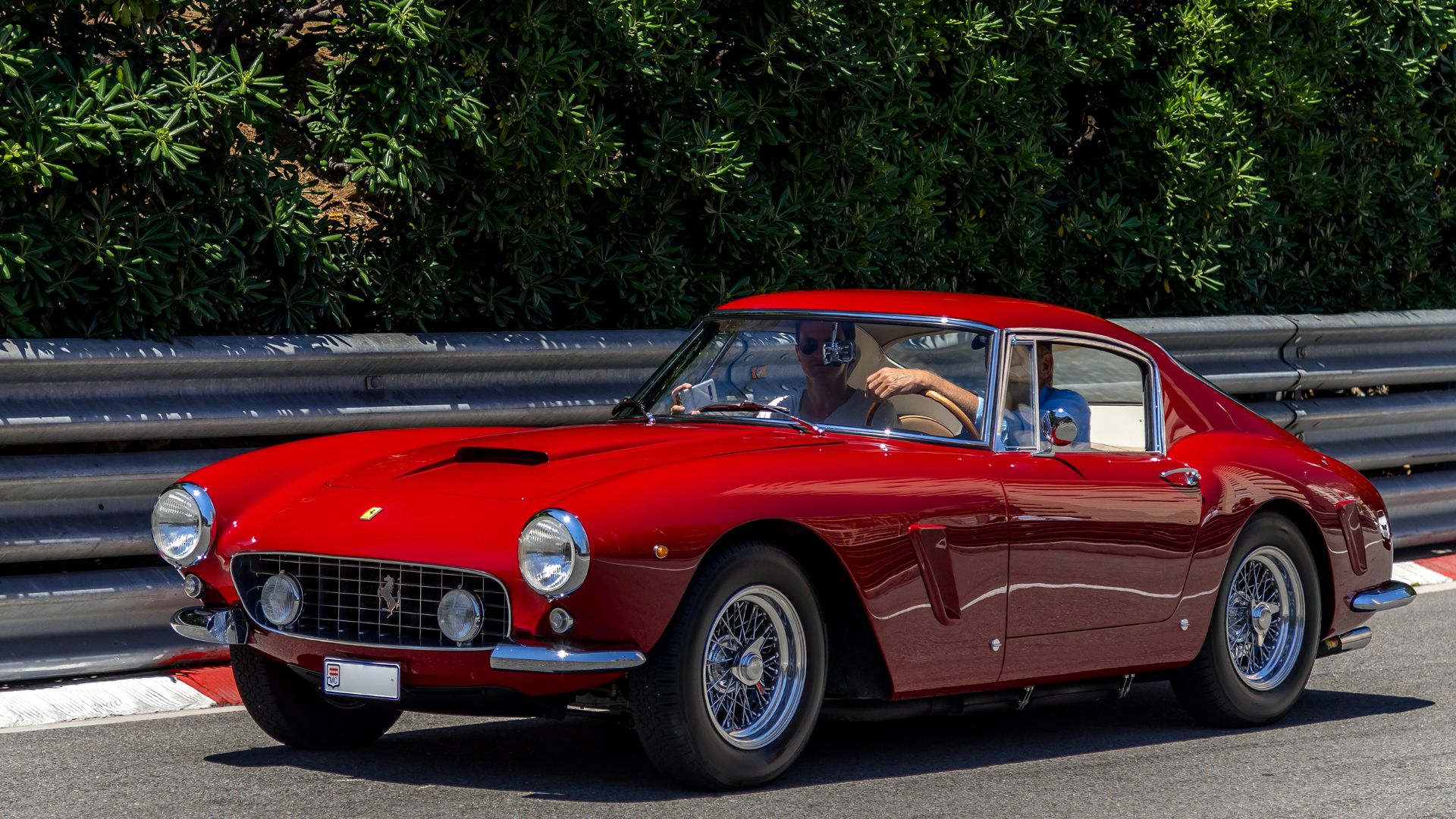 Alexandre Prevot from Nancy, France, Wikimedia Commons
Alexandre Prevot from Nancy, France, Wikimedia Commons
Mercedes-Benz 230 SL
Nicknamed the “Pagoda” for its concave roof, the Mercedes-Benz 230 SL blended charm with precision. Its fuel-injected engine offered smooth, modern performance, while its balanced proportions made it a timeless icon of 1960s style—elegant enough for the Riviera, dependable enough for the Autobahn.
 Spurzem - Lothar Spurzem, Wikimedia Commons
Spurzem - Lothar Spurzem, Wikimedia Commons
Aston Martin DB2/4 MkIII
James Bond drove one before the DB5 made headlines. The Aston Martin DB2/4 MkIII, built from 1957 to 1959, introduced the signature winged grille and 2.9-liter straight-six power. It married refinement with speed, setting the tone for every grand tourer Aston built thereafter.
Ferrari 250 GT California Spyder (SWB)
Designed for American sun and sophistication, the Ferrari 250 GT California Spyder (SWB) remains a collector’s dream. Only 56 were made, its open-top Pininfarina body defining carefree luxury. Immortalized in Ferris Bueller’s Day Off, it personified 1960s glamour and pure automotive theater.
Pegaso Z-102 Berlinetta By Saoutchik
Spain’s boldest creation, the Pegaso Z-102 Berlinetta by Saoutchik, stunned the 1950s with its chrome-laden curves and dramatic fenders. Beneath the showmanship sat a V8 capable of over 150 mph. With only a handful produced, it remains one of Europe’s rarest design marvels.
Talbot-Lago T150-C SS Teardrop Coupe
Flowing like sculpture in motion, the Talbot-Lago T150-C SS Teardrop Coupe epitomized 1930s Art Deco elegance. Designed by Figoni et Falaschi, its aerodynamic body won concours hearts worldwide. Only 14 were built, each a rolling expression of prewar French luxury and innovation.
Aston Martin One-77
The Aston Martin One-77 turned exclusivity into an art form. Just 77 examples exist, all with a 7.3-liter V12 and carbon-fiber monocoque chassis. Its muscular curves conceal innovative engineering, creating a car that bridges old-world artistry and modern supercar precision.
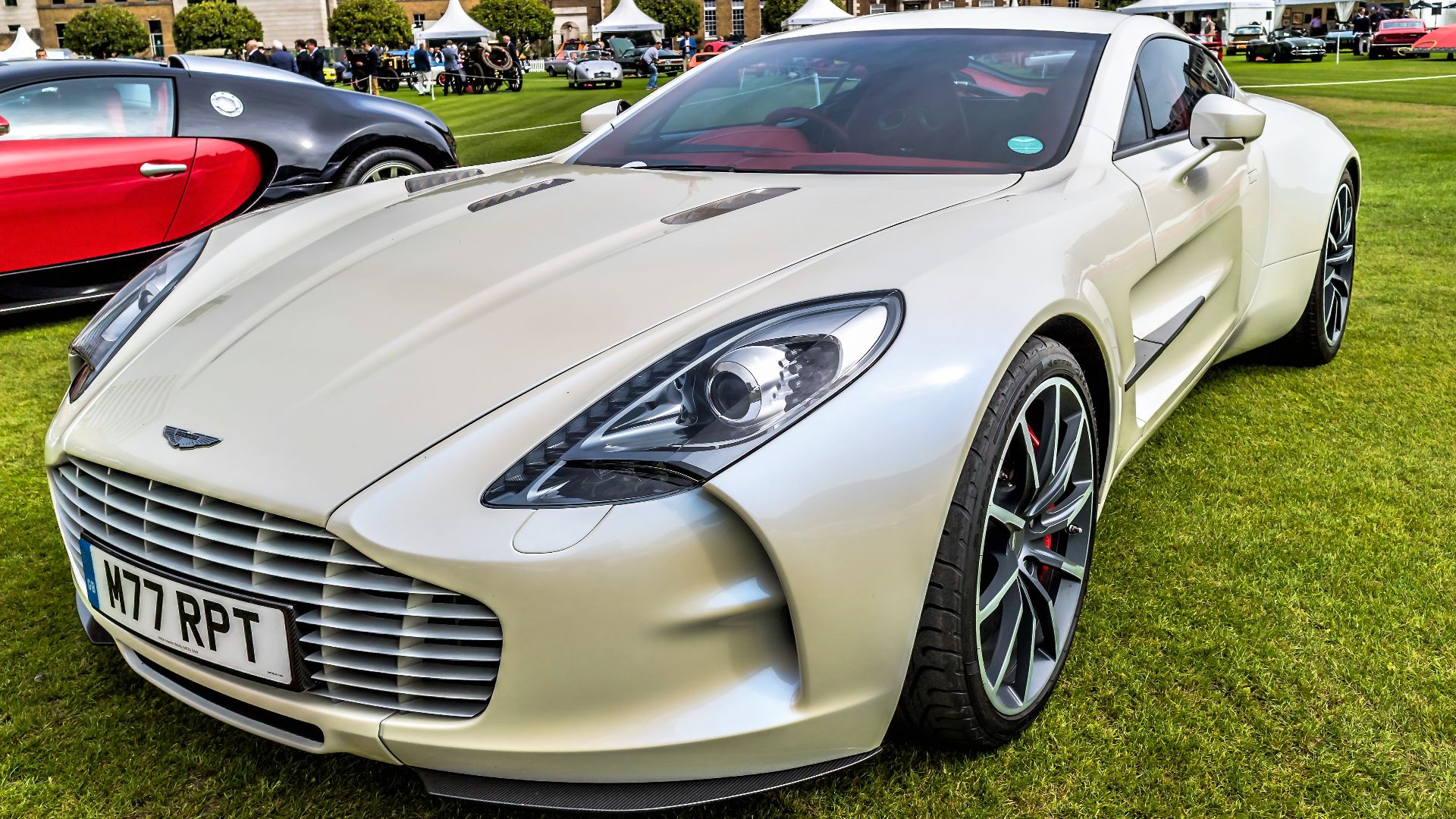 John Tiffin, Wikimedia Commons
John Tiffin, Wikimedia Commons
Porsche 550 Spyder
Small yet legendary, the Porsche 550 Spyder captured hearts and podiums alike. Its lightweight body and 1.5-liter flat-four engine made it agile on track. James Dean’s ownership gave it pop-culture immortality, but its motorsport pedigree secured its place in racing history.
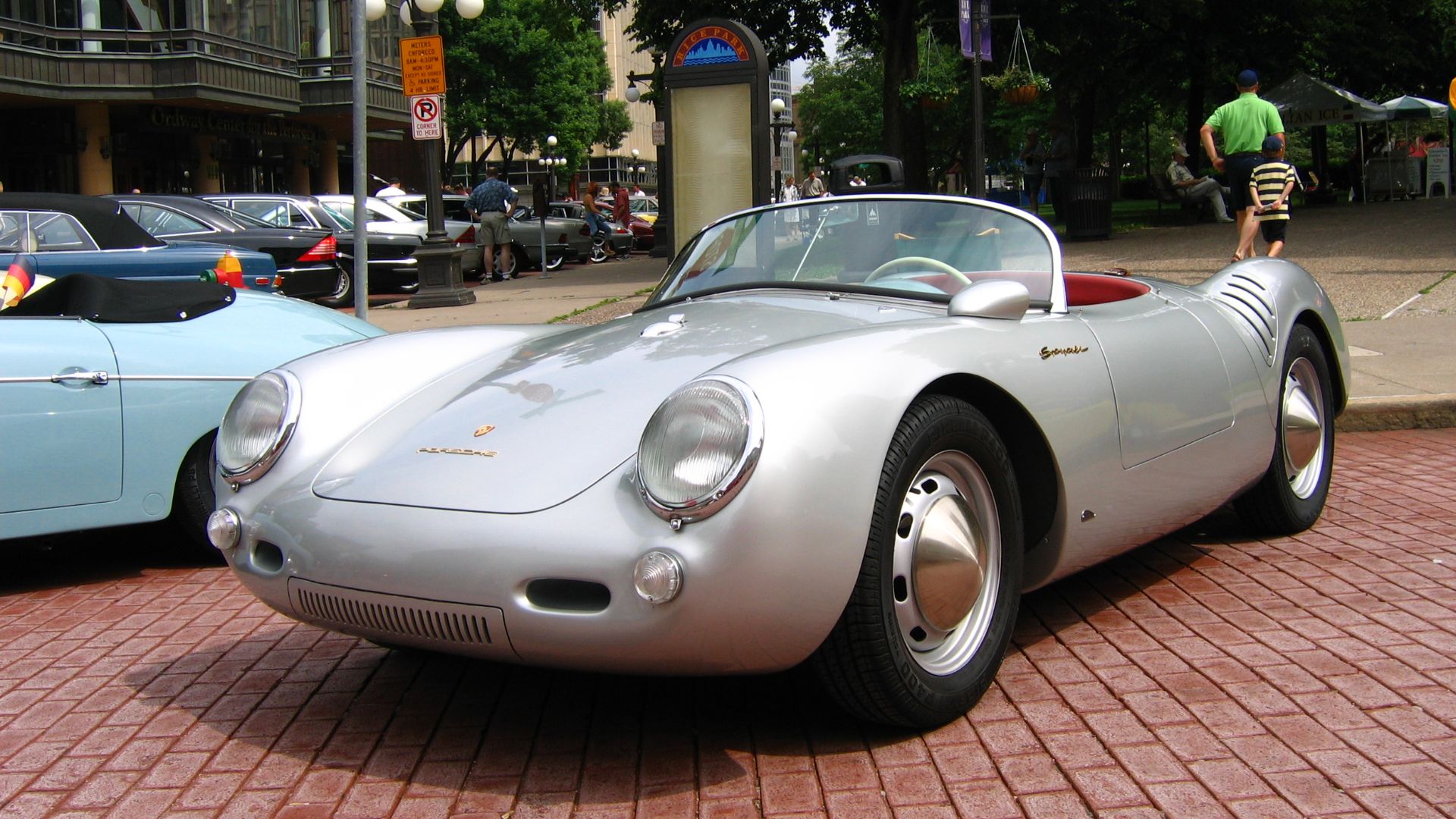 Jeremy Noble from St. Paul, United States, Wikimedia Commons
Jeremy Noble from St. Paul, United States, Wikimedia Commons
Lamborghini Espada
Four seats, twelve cylinders, endless flair—the Lamborghini Espada redefined grand touring in the late 60s. Marcello Gandini’s futuristic fastback design housed a 3.9-liter V12 producing 330 horsepower. The name means “sword” in Spanish, a fitting title for Lamborghini’s sharpest family cruiser.
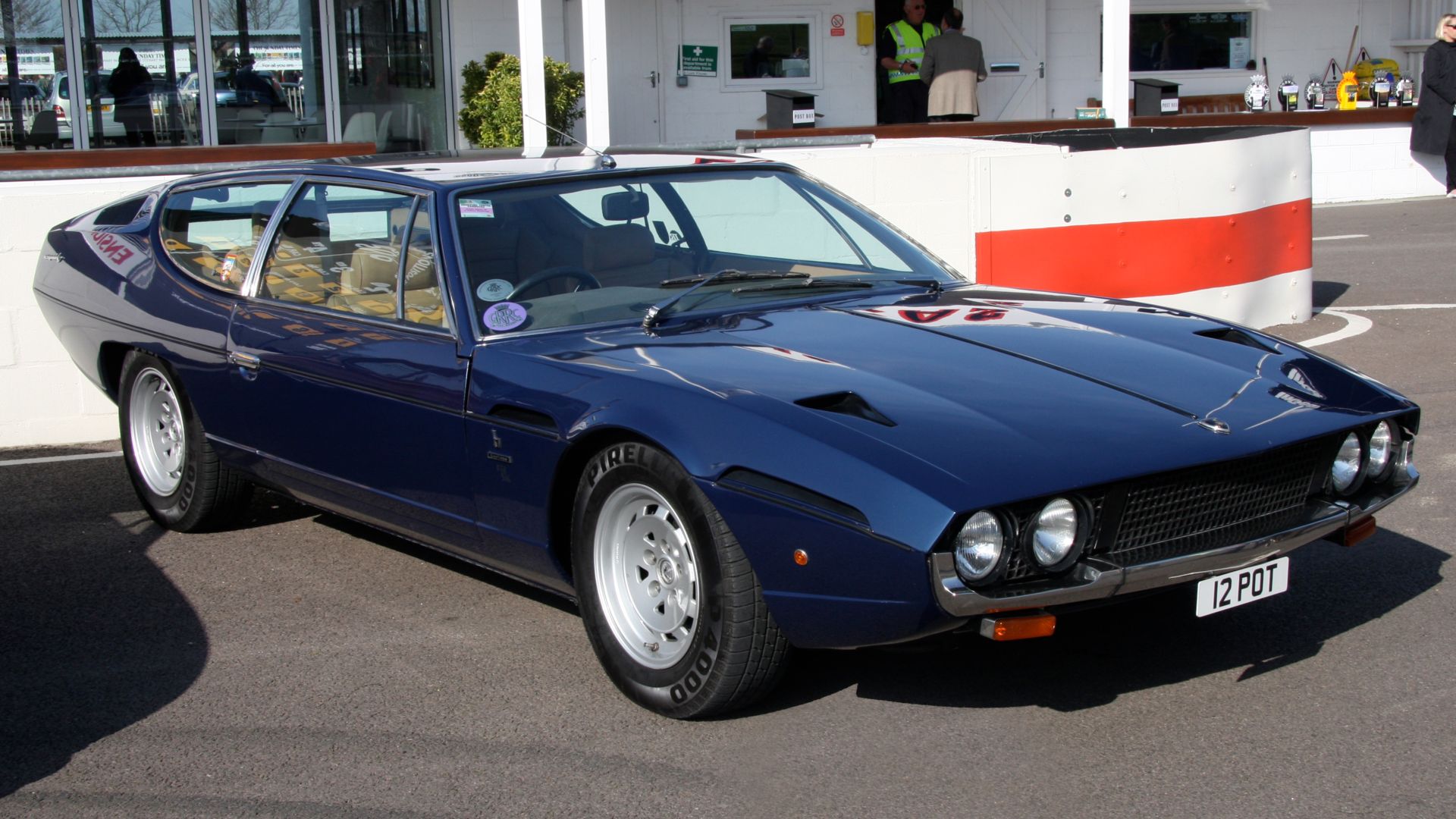 Brian Snelson, Wikimedia Commons
Brian Snelson, Wikimedia Commons
Ferrari 612 Scaglietti
Pininfarina penned the Ferrari 612 Scaglietti with flowing aluminum lines and grand tourer proportions. Built from 2004 to 2011, it honored coachbuilder Sergio Scaglietti while housing a 540-hp V12. This luxurious four-seater fused elegance and power, proving Ferrari could do comfort without compromise.
Jaguar XK120
The Jaguar XK120 didn’t just turn heads—it rewrote speed records. Launched in 1948, it became the fastest production car of its era, hitting 120 mph. Its aluminum curves, celebrity fanbase, and 1950s glamour made it the car that defined postwar performance elegance.
Alfa Romeo Montreal
Few designs capture 1970s futurism like the Alfa Romeo Montreal. This ride was born from the 1967 Expo, and its Bertone body and retracting headlight grilles gave it instant appeal. Underneath, a 2.6-liter racing-derived V8 ensured the beauty sounded like pure adrenaline.
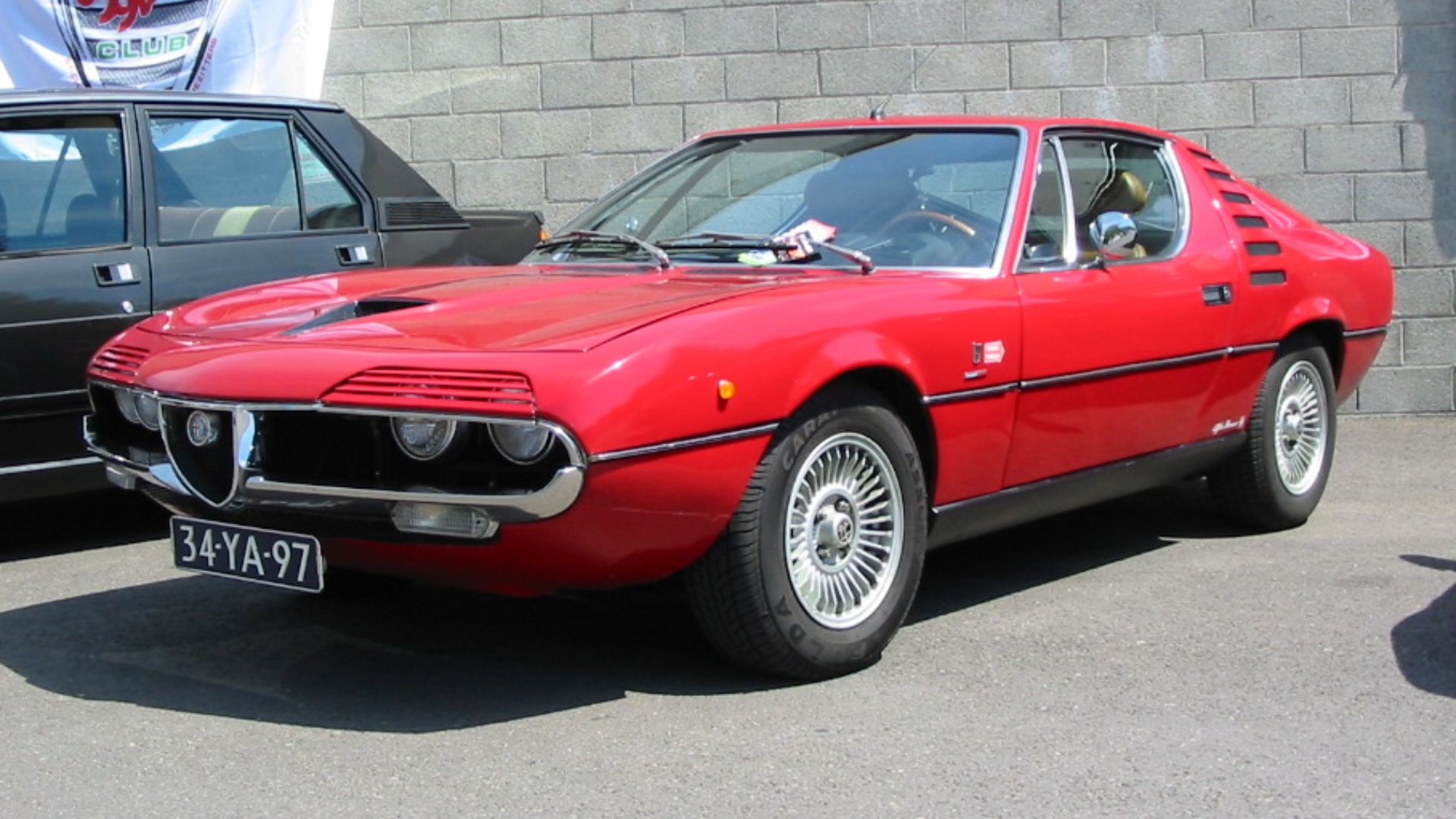 Marvin Raaijmakers, Wikimedia Commons
Marvin Raaijmakers, Wikimedia Commons
Bugatti EB110
Bugatti’s 1990s comeback roared to life through the EB110. Quad-turbocharged V12, carbon-fiber chassis, and all-wheel drive made it a technological marvel. It was fast—it was visionary. For collectors, this angular blue missile remains the car that reintroduced Bugatti’s name to greatness.
 Lothar Spurzem, Wikimedia Commons
Lothar Spurzem, Wikimedia Commons
Ferrari 275 GTB
Grace met grit in the Ferrari 275 GTB. Designed by Pininfarina, its long-nose styling hid a 3.3-liter V12 with a rear transaxle for perfect balance. Produced from 1964 to 1968, it marked a golden chapter in Ferrari’s transition to true grand touring mastery.
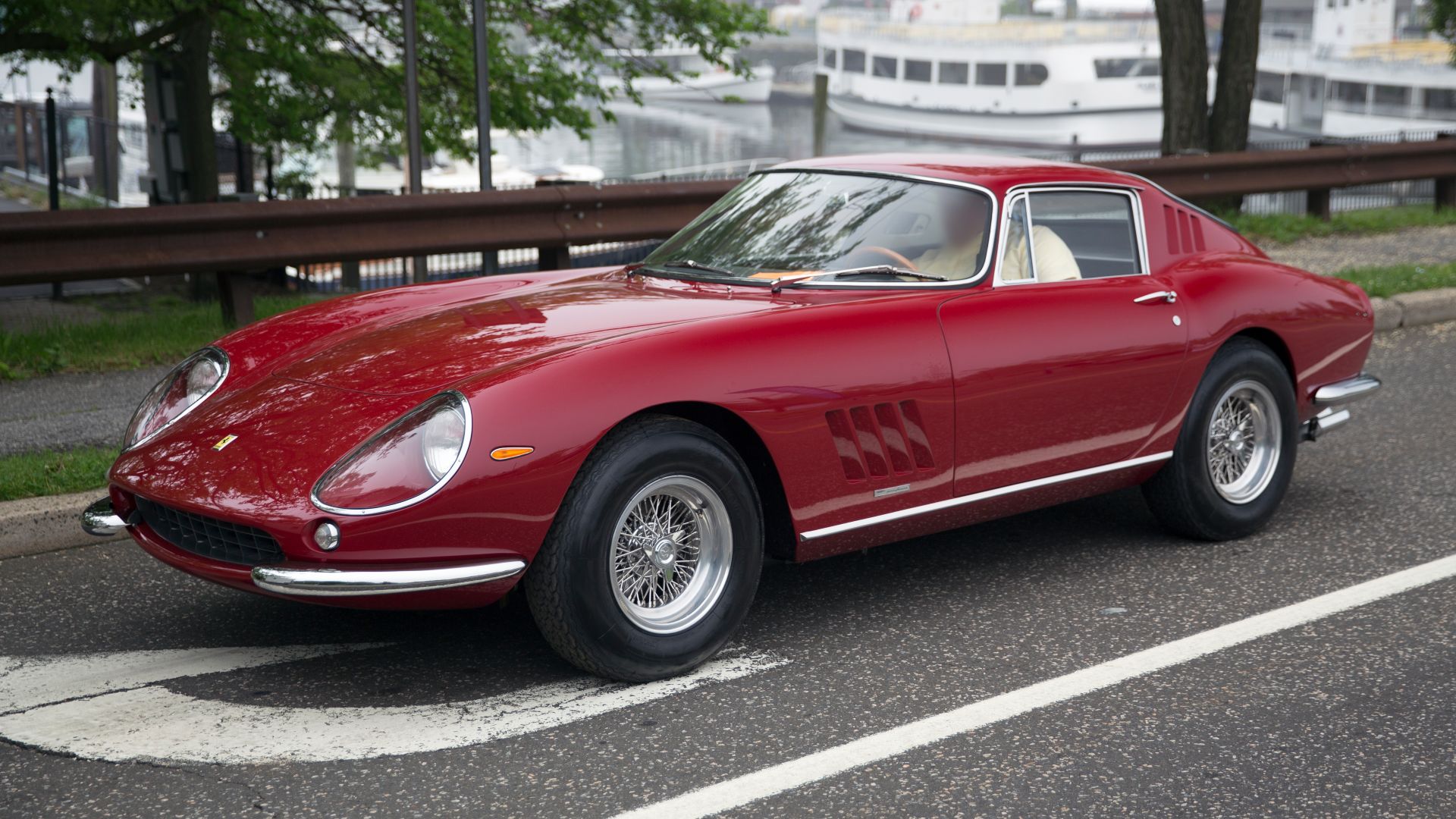 Mr.choppers, Wikimedia Commons
Mr.choppers, Wikimedia Commons
Porsche 356 Speedster
Simplicity became elegance in the Porsche 356 Speedster. Its low windshield, 1.6-liter engine, and minimalist cockpit defined pure driving pleasure. Introduced for 1955, this lightweight icon inspired future Porsches with its understated form—and today remains a dream for collectors worldwide.
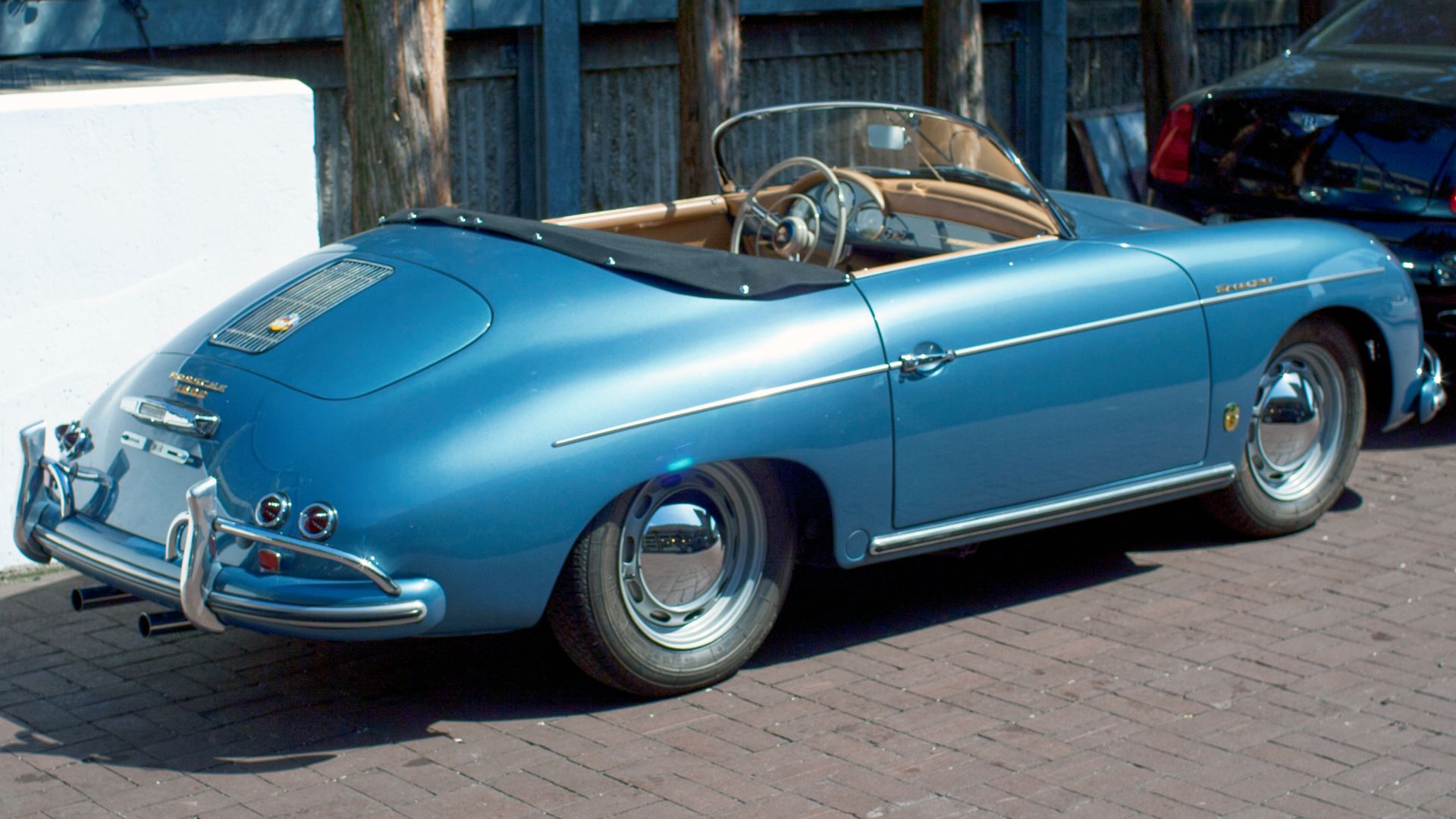 Mr.choppers, Wikimedia Commons
Mr.choppers, Wikimedia Commons
Jaguar E-Type
Enzo Ferrari called it “the most beautiful car ever made,” and he wasn’t wrong. The 1961 Jaguar E-Type combined aerodynamic genius from Malcolm Sayer with heart-stopping curves. Its performance and style created instant legend that is still displayed in museums as rolling sculpture.
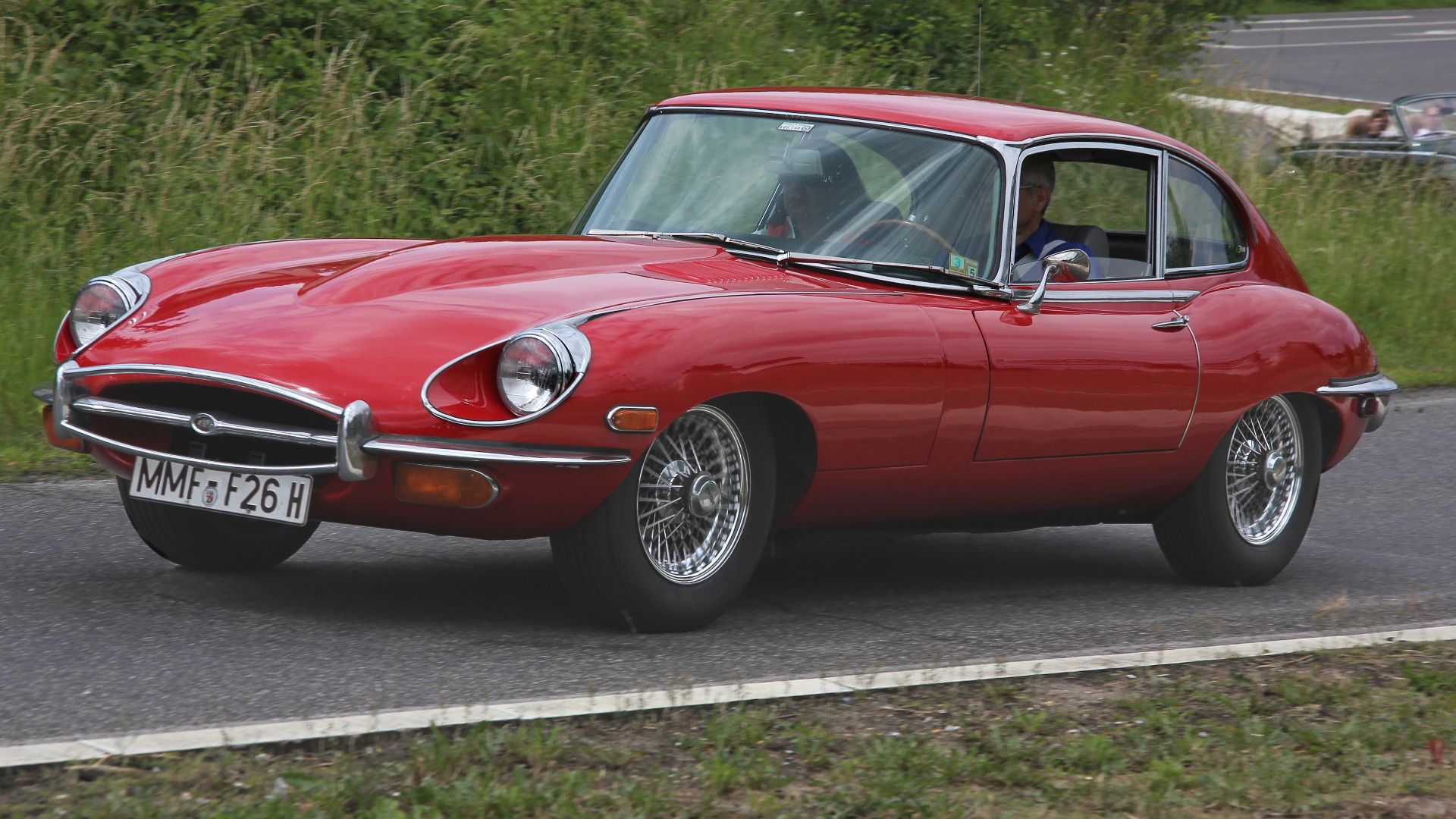 Lothar Spurzem, Wikimedia Commons
Lothar Spurzem, Wikimedia Commons
Alfa Romeo 33 Stradale (1967)
Only 18 Alfa Romeo 33 Stradales were ever built, each hand-sculpted perfection. Its curvaceous, mid-engine form featured pioneering butterfly doors and a V8 that screamed to 10,000 rpm. Light, rare, and utterly intoxicating, it’s one of Italy’s purest expressions of automotive art.
Lamborghini Miura
When the Lamborghini Miura hit roads in 1966, jaws dropped. Marcello Gandini, just 27, penned its sinuous shape, housing a revolutionary transverse V12. Credited as the world’s first true supercar, the Miura set the visual and mechanical tone for decades of exotics.
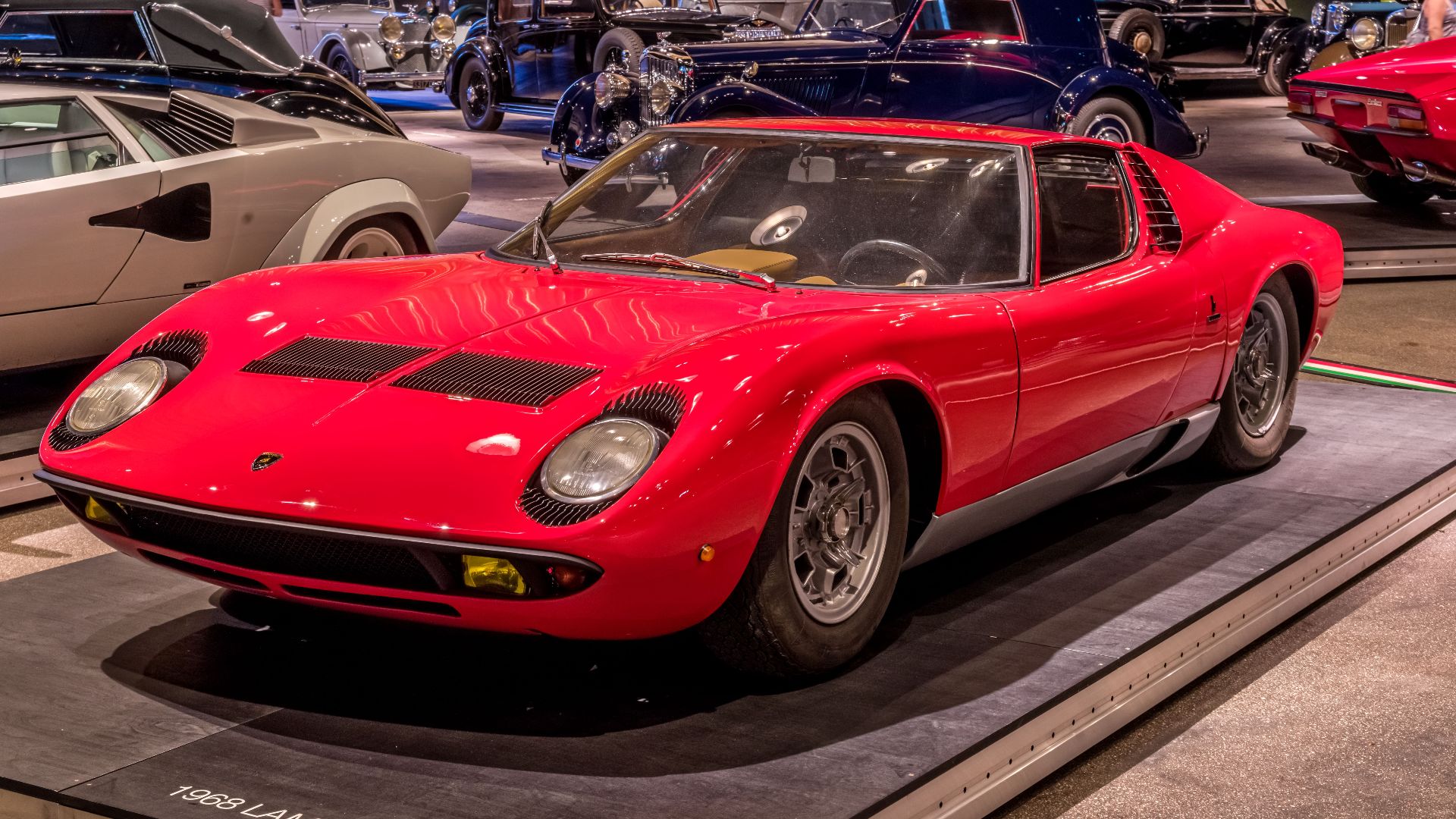 joergens.mi, Wikimedia Commons
joergens.mi, Wikimedia Commons
Mercedes-Benz 300SL
With its iconic gullwing doors, the 1954 Mercedes-Benz 300SL looked like it flew rather than drove. Powered by a 240-hp straight-six and pioneering fuel injection, it could reach 165 mph. Only 1,400 coupes were made, and this made it both legend and collector royalty.
Citroen DS
A goddess in every sense—the Citroen DS stunned the 1955 Paris Motor Show with futuristic grace. Its hydropneumatic suspension delivered a silky ride, while its name, pronounced “deesse,” literally meant goddess. Over 12,000 buyers placed orders on launch day alone.
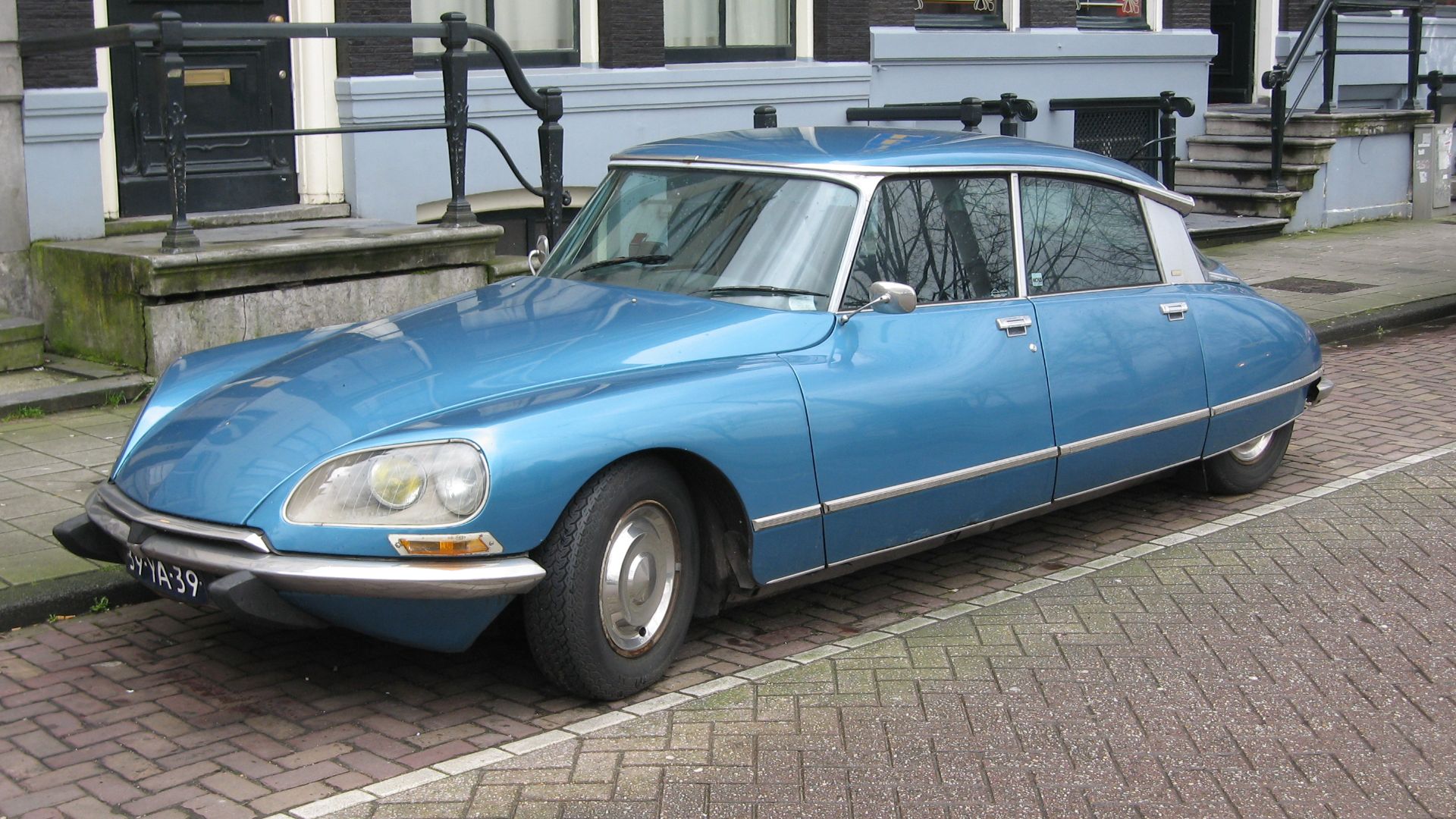 Jlantzy (Jamie Lantzy), Wikimedia Commons
Jlantzy (Jamie Lantzy), Wikimedia Commons
Lamborghini Countach
Few cars scream 1970s design louder than the Lamborghini Countach. Debuting in 1974 with its sharp wedge shape and dramatic scissor doors, it became a poster icon. Its name, Piedmontese slang for astonishment, perfectly captured what every fan muttered the first time they saw it.
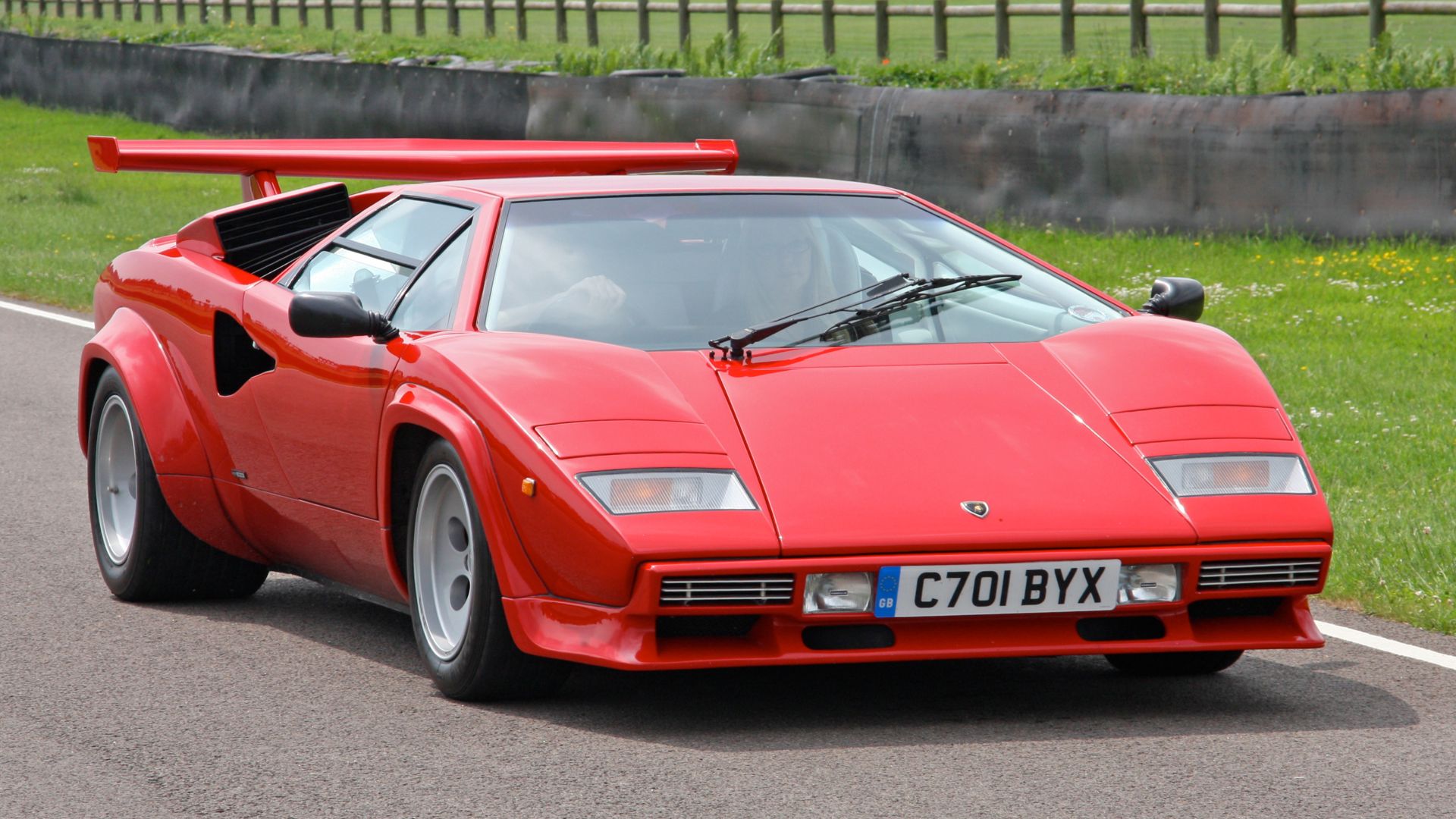 Brian Snelson from Hockley, Essex, England, Wikimedia Commons
Brian Snelson from Hockley, Essex, England, Wikimedia Commons
Bugatti Type 57 S/SC Atlantic Coupe
The Bugatti Type 57 S/SC Atlantic remains a legend wrapped in riveted aluminum. Only four were built, each defined by a signature dorsal seam. One vanished during WWII, while surviving examples—valued over $100 million—stand as jewels of prewar French design.
Aston Martin DB4
Every curve of the Aston Martin DB4 whispered refinement. Crafted from lightweight alloy by Carrozzeria Touring between 1958 and 1963, it introduced the design DNA for future Astons, including the DB5. With only 1,110 built, it’s an enduring icon of British motoring grace.
Jaguar XJ220
This XJ220 fused aerospace aerodynamics with 1990s ambition. Designed for 220 mph, it briefly became the world’s fastest production car, even clocking 217. Its twin-turbo V6 replaced a planned V12, yet only around 280 units were made—sleek and undeniably breathtaking.
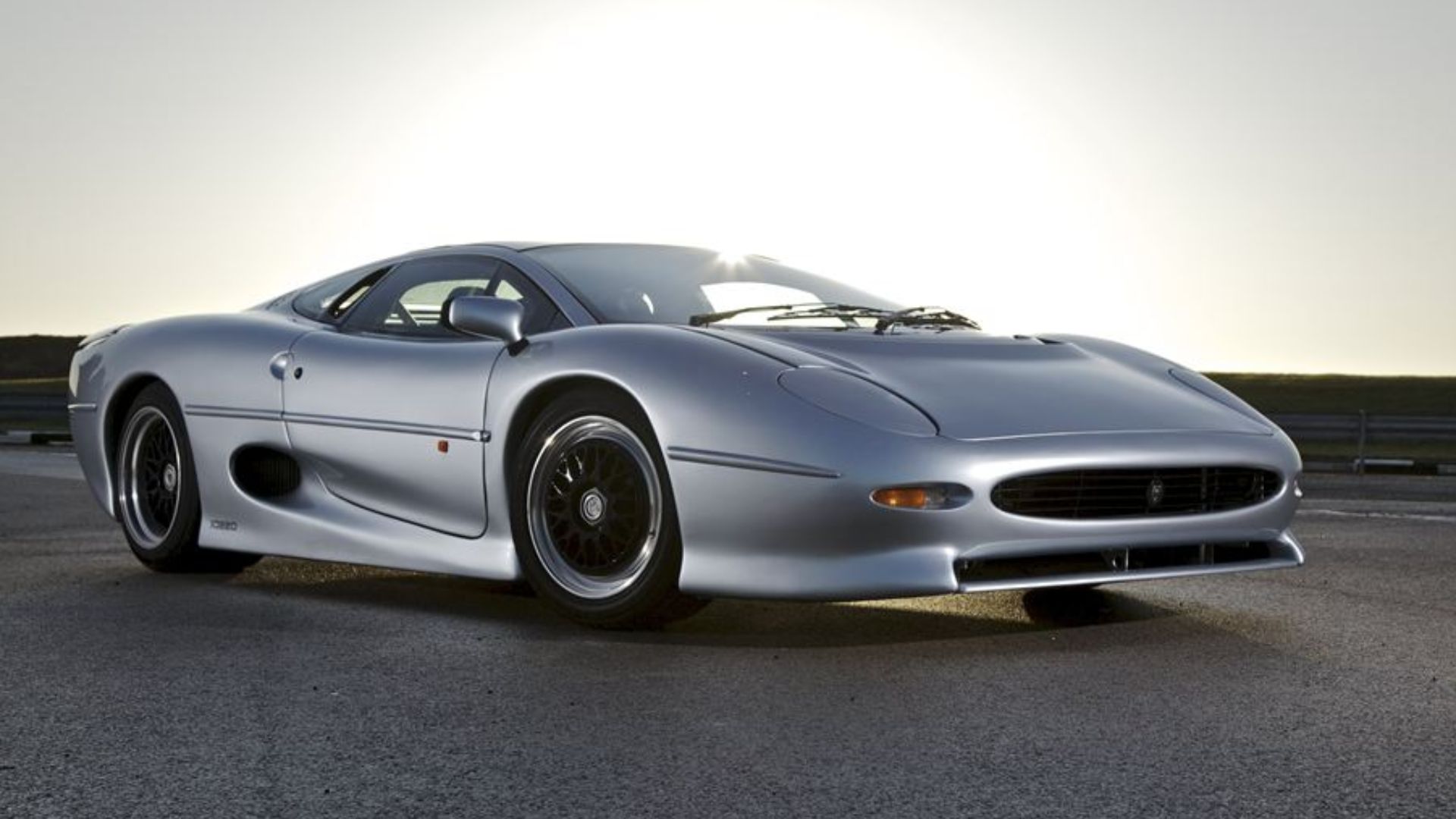 Jaguar Cars, Wikimedia Commons
Jaguar Cars, Wikimedia Commons
Aston Martin DB5
Silver screen fame meets timeless design in the Aston Martin DB5. Introduced in 1963, it became James Bond’s signature ride in Goldfinger. With 1,059 examples built and elegant proportions by Carrozzeria Touring, it’s still hailed as the quintessential British grand tourer.
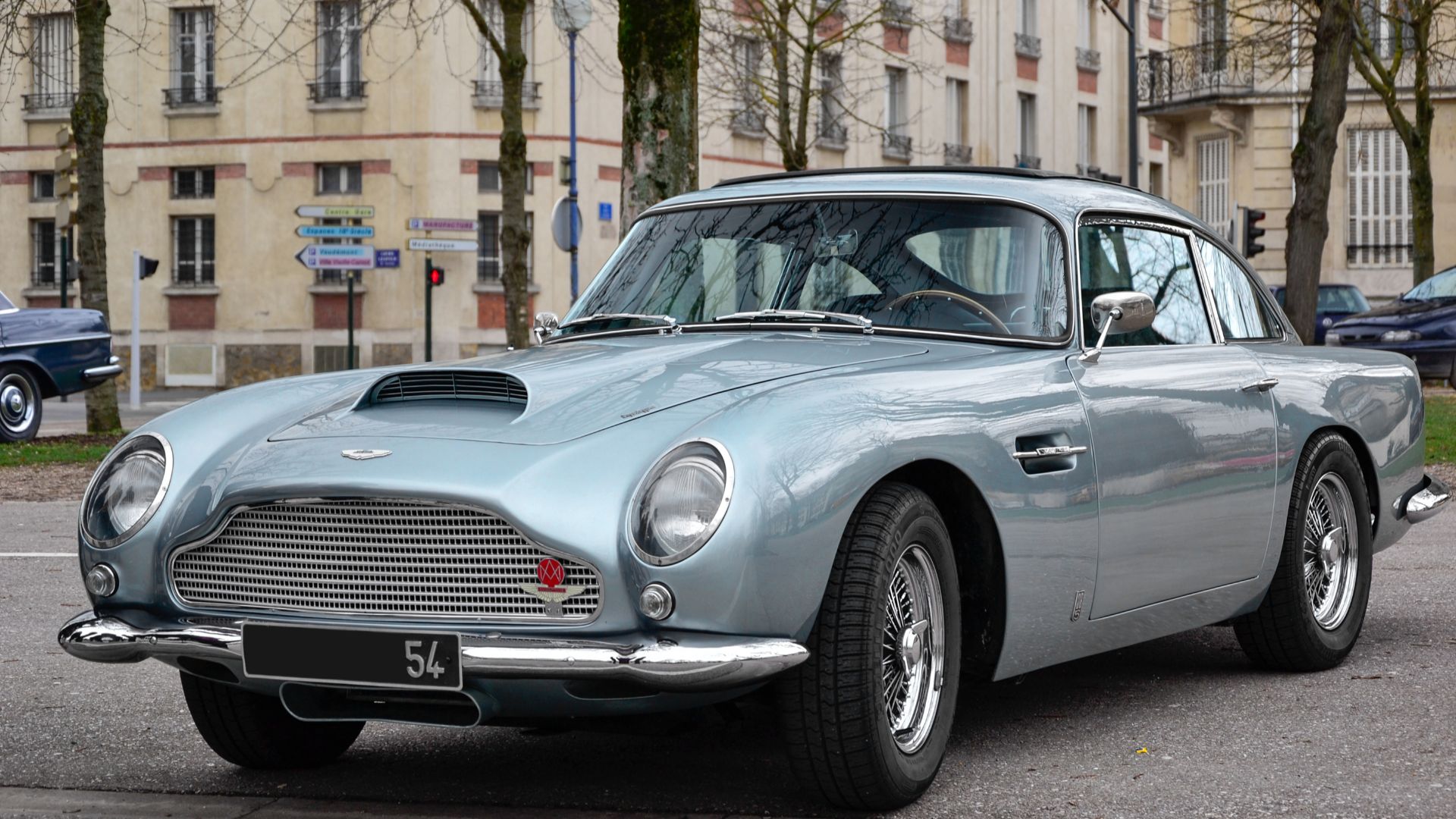 Alexandre Prevot from Nancy, France, Wikimedia Commons
Alexandre Prevot from Nancy, France, Wikimedia Commons
Ferrari 250 GTO
Every Ferrari 250 GTO tells a story worth millions. Built between 1962 and 1964, only 36 exist—33 with 3.0-liter and 3 with 4.0-liter engines. “Gran Turismo Omologato” defined its racing purpose. In 2018, one fetched $70 million, to highlight that beauty holds serious value.
 Sfoskett~commonswiki, Wikimedia Commons
Sfoskett~commonswiki, Wikimedia Commons
Bugatti Type 55 Roadster
Jean Bugatti designed the Type 55 Roadster to merge racing spirit with road-going style. This ride was from 1932 to 1935, and only 38 exist. Its lightweight chassis and elegant lines made it both fast and beautiful such that it became the early blueprint for Bugatti’s performance artistry.
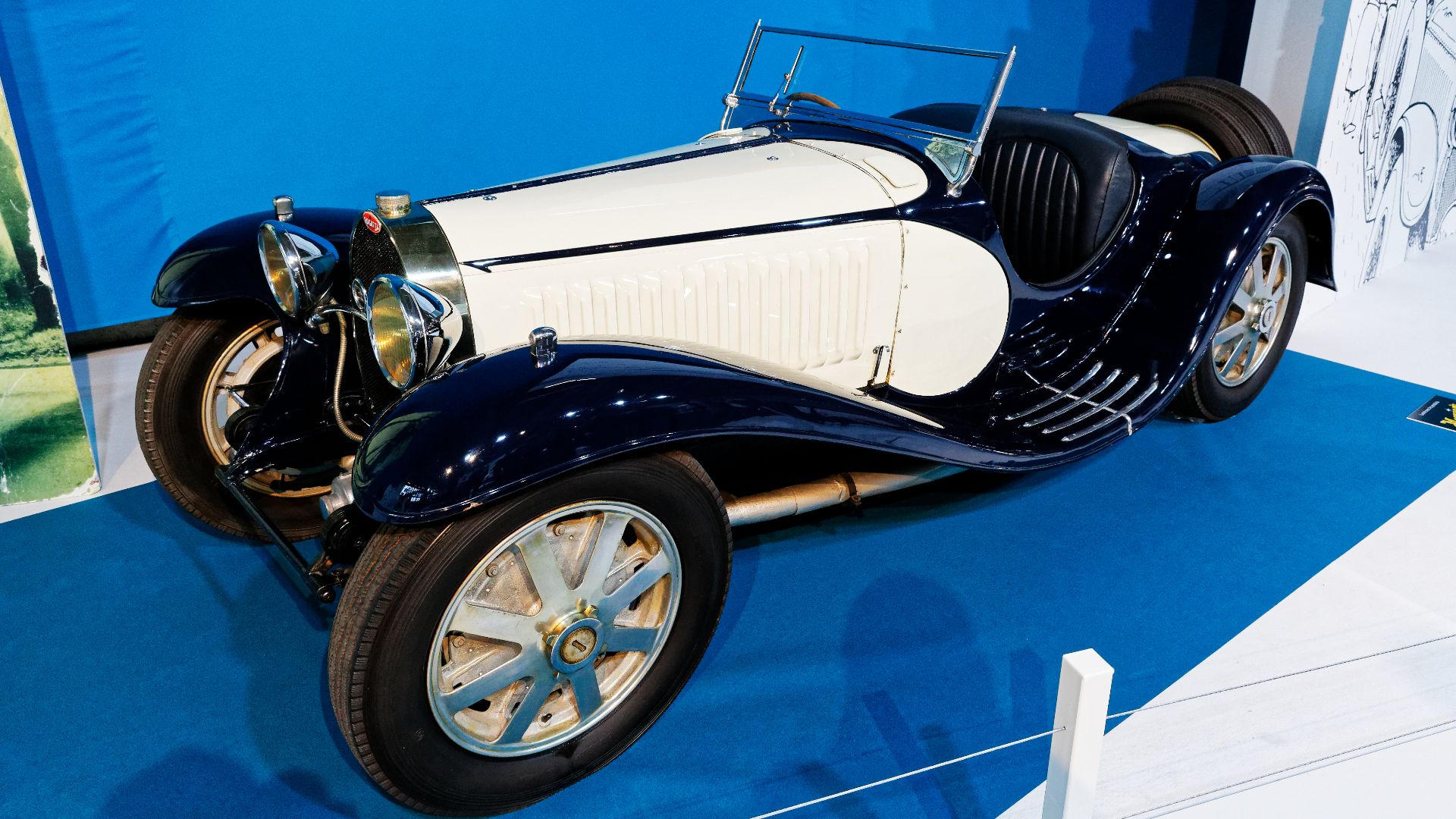 Thesupermat, Wikimedia Commons
Thesupermat, Wikimedia Commons
Jaguar XJ13
The one-and-only Jaguar XJ13 remains a phantom masterpiece. Although it was built for Le Mans, it never raced; but it still packed a 5.0-liter V12 and stunning proportions. A 1971 test crash nearly destroyed it, but after restoration, its legend only grew among purists and dreamers alike.
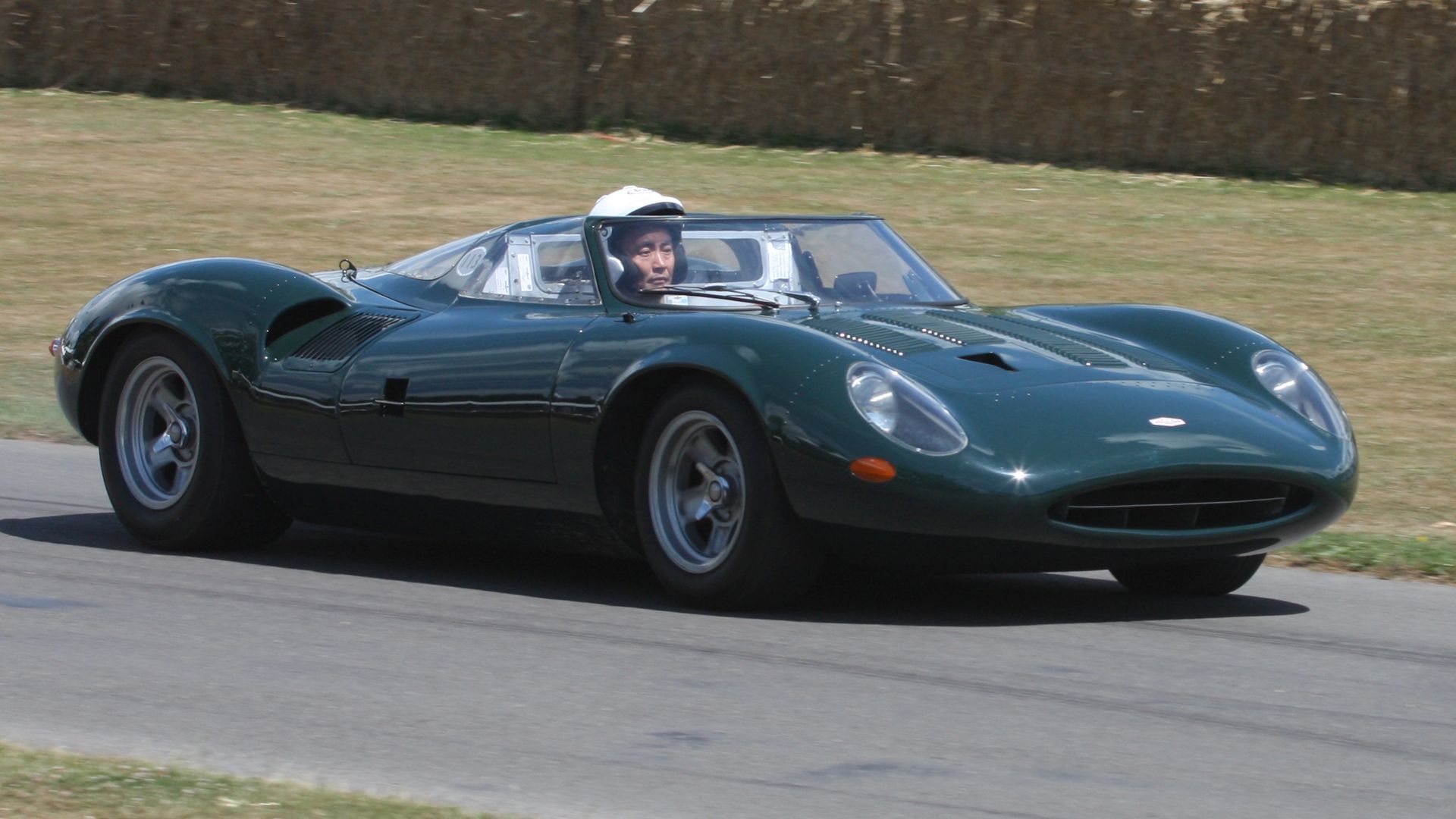 Brian Snelson, Wikimedia Commons
Brian Snelson, Wikimedia Commons
Porsche 911 (1964)
A shape so enduring it’s practically sacred—the 1964 Porsche 911 became an instant icon. Its rear-engine layout defined its character, and a naming dispute with Peugeot led to its legendary “911” badge. Decades later, its silhouette remains one of the world’s most recognizable.
Alfa Romeo 8C 2900B Lungo Spider
Elegance reached prewar perfection with the Alfa Romeo 8C 2900B Lungo Spider. Produced in the late 1930s, its supercharged straight-eight and long, flowing bodylines embodied art on wheels. Only a handful were made, each now considered among the rarest collector treasures.
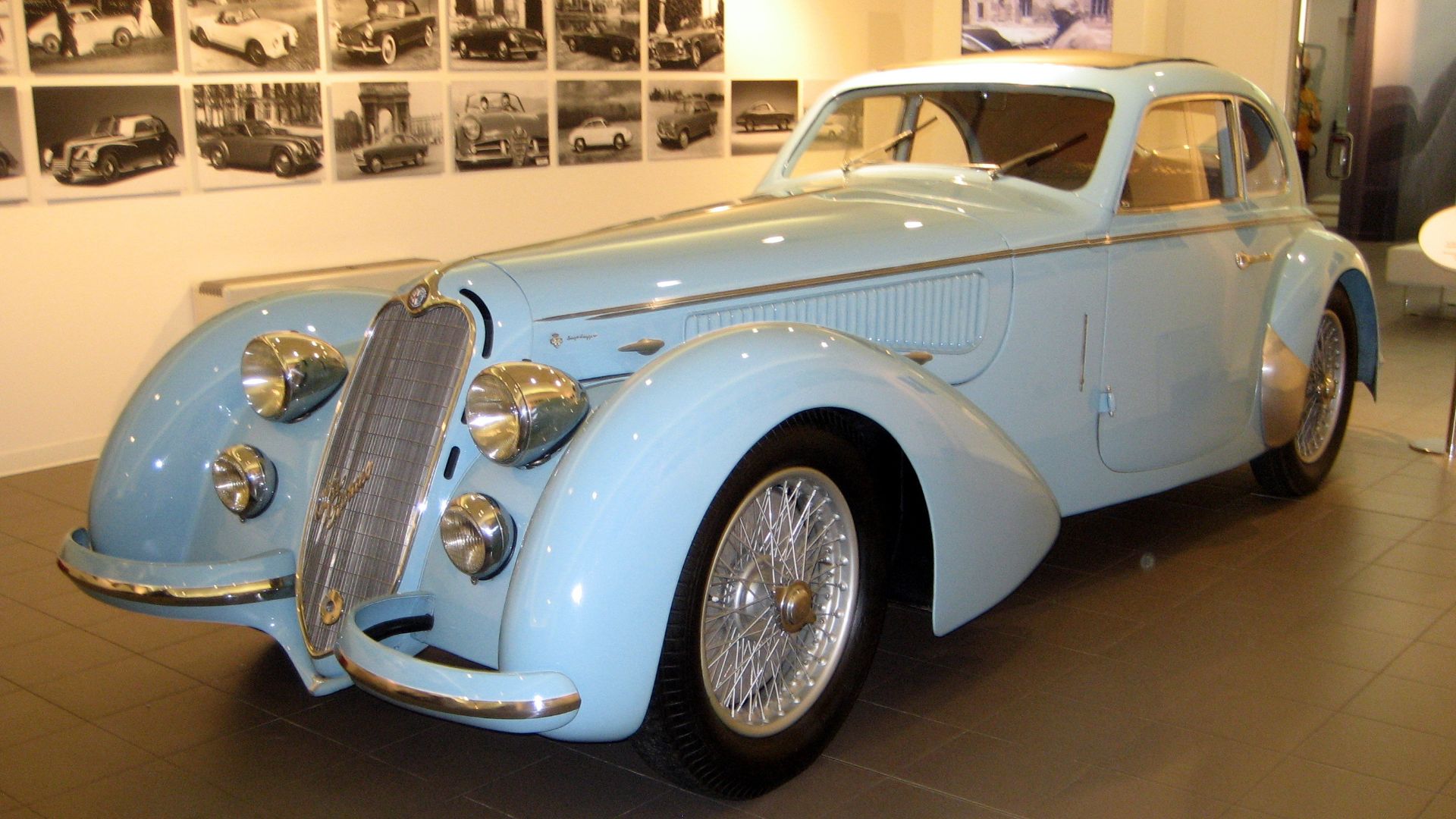 Neal Parish, Wikimedia Commons
Neal Parish, Wikimedia Commons
Ford GT40
Built to settle a score, the Ford GT40 became a legend after crushing Ferrari at Le Mans—four times in a row from 1966 to 1969. Standing only 40 inches tall, it earned its name and its myth. The film Ford v Ferrari later immortalized its triumph.
Maserati A6GCS/53 Berlinetta
Rarity and beauty unite in the Maserati A6GCS/53 Berlinetta. Only four were made, each sculpted by Pininfarina from Maserati’s racing DNA. With flowing bodywork and handcrafted detail, it turned a competition chassis into an art form that bridged speed and Italian sophistication.
 Herranderssvensson, Wikimedia Commons
Herranderssvensson, Wikimedia Commons
Alfa Romeo 6C 2500 Super Sport
From 1939 to 1951, the Alfa Romeo 6C 2500 Super Sport carried Italy’s design torch through war and rebirth. The elegant Villa d’Este variant became the showpiece of postwar motoring grace. As the last great pre-1900-series Alfa, it marked the end of an era beautifully.
Ferrari 365 GTB/4 ‘Daytona’
Nicknamed “Daytona” after Ferrari’s 1967 1-2-3 finish, the 365 GTB/4 roared onto the scene in 1968. Its long-nose, front-engine V12 made it the last of Ferrari’s classic grand tourers before the mid-engine revolution. Only 1,284 were built, and this cemented its place as a collector’s dream.
 Stahlkocher, Wikimedia Commons
Stahlkocher, Wikimedia Commons

